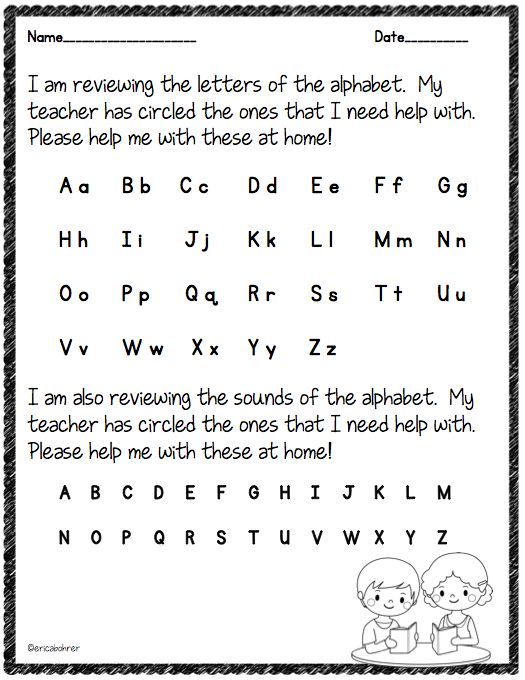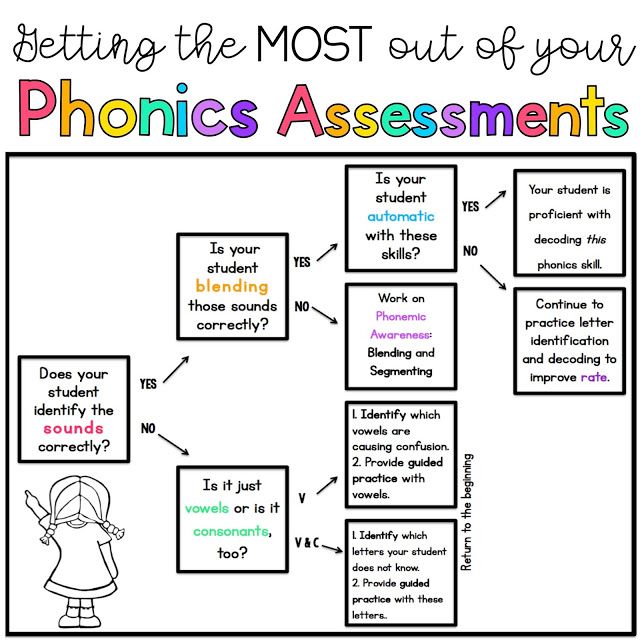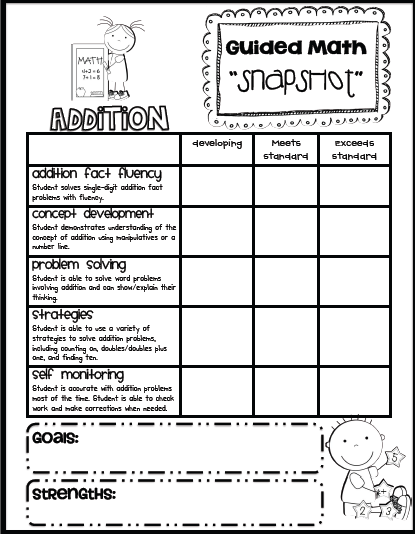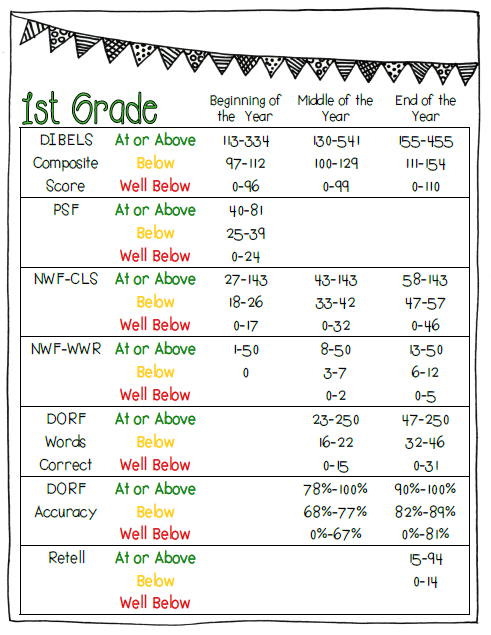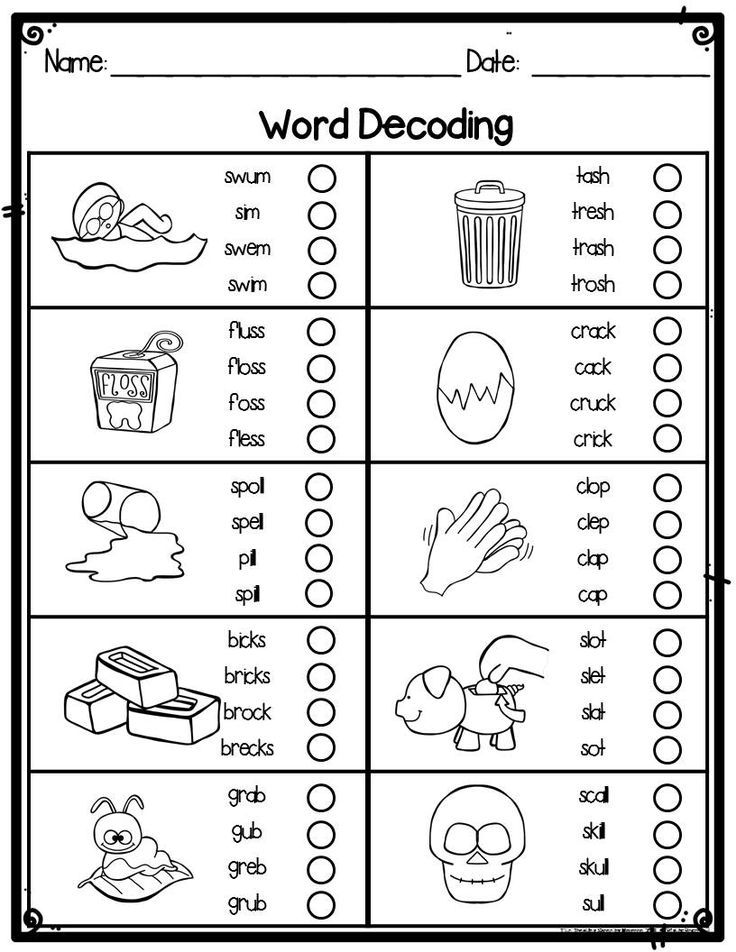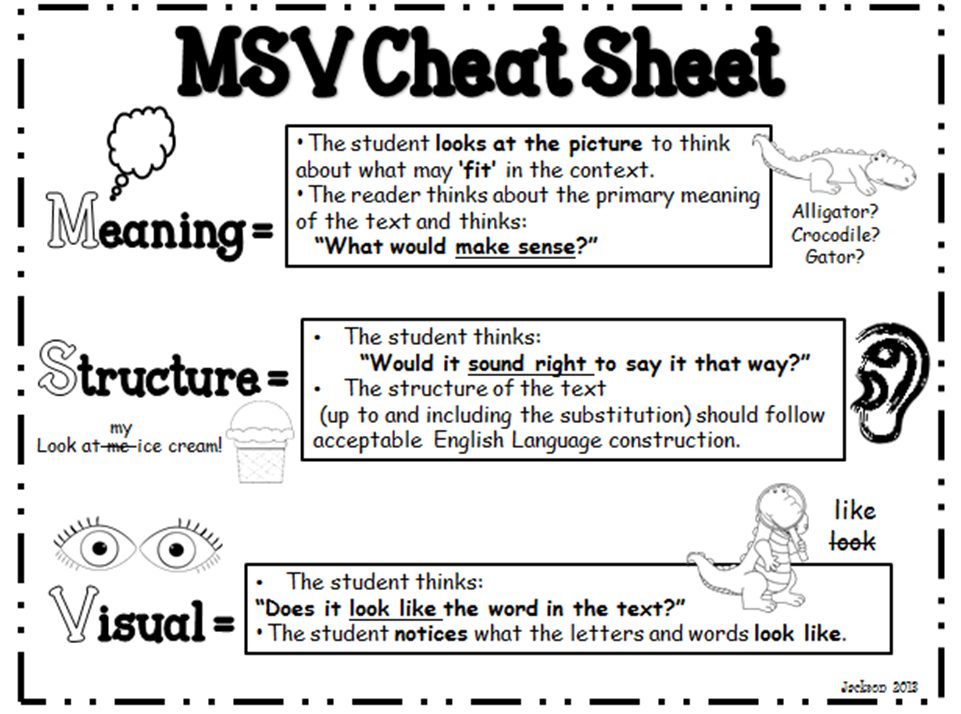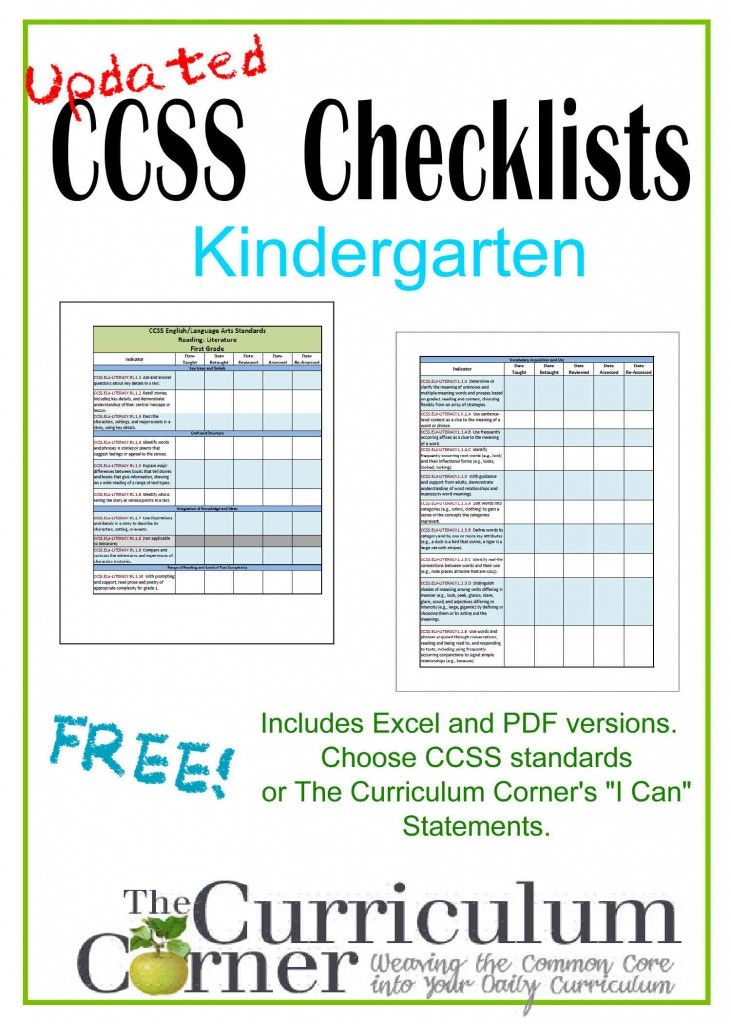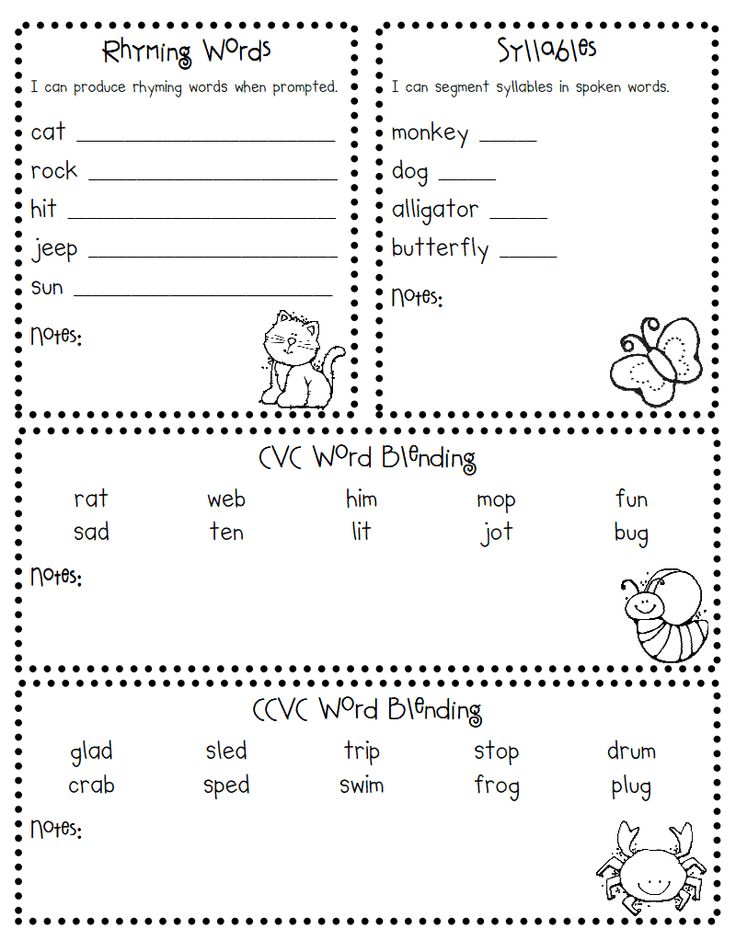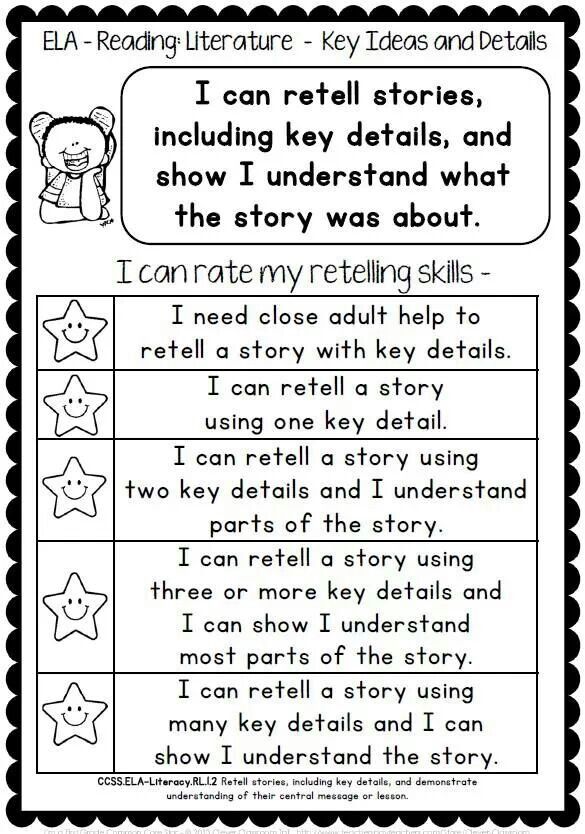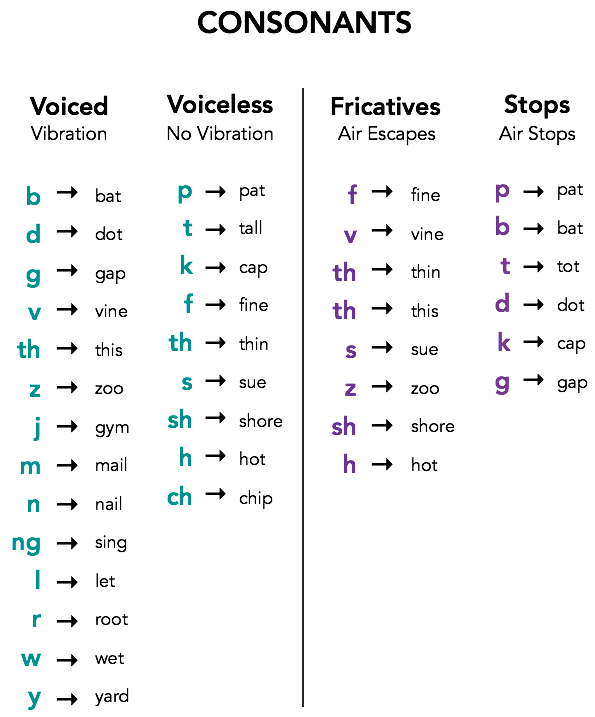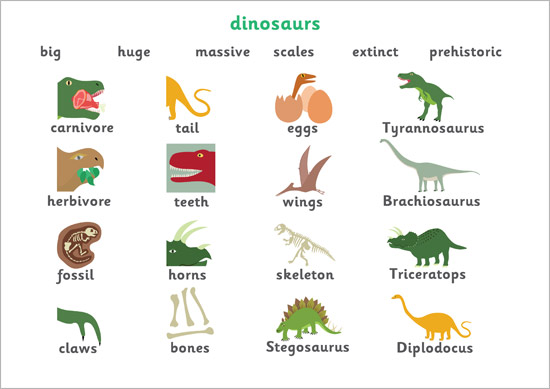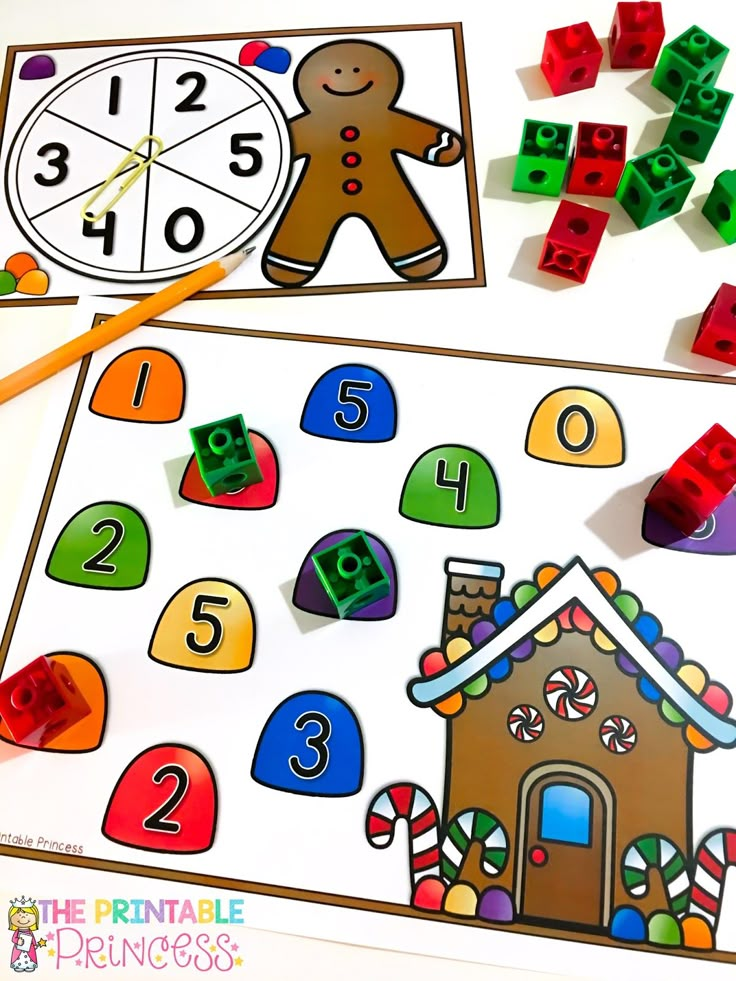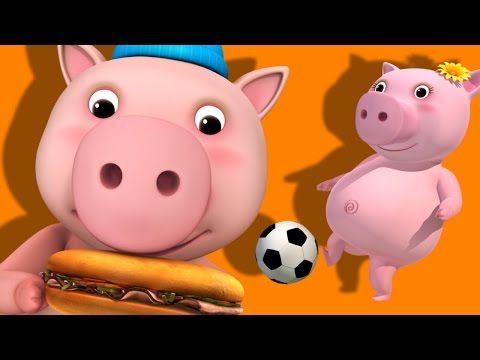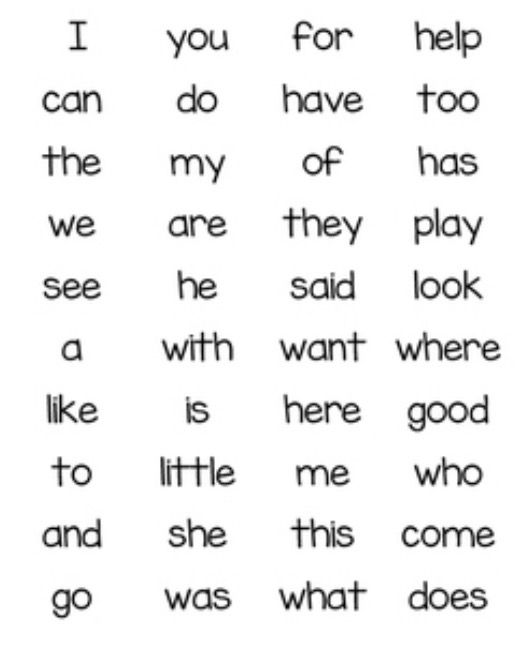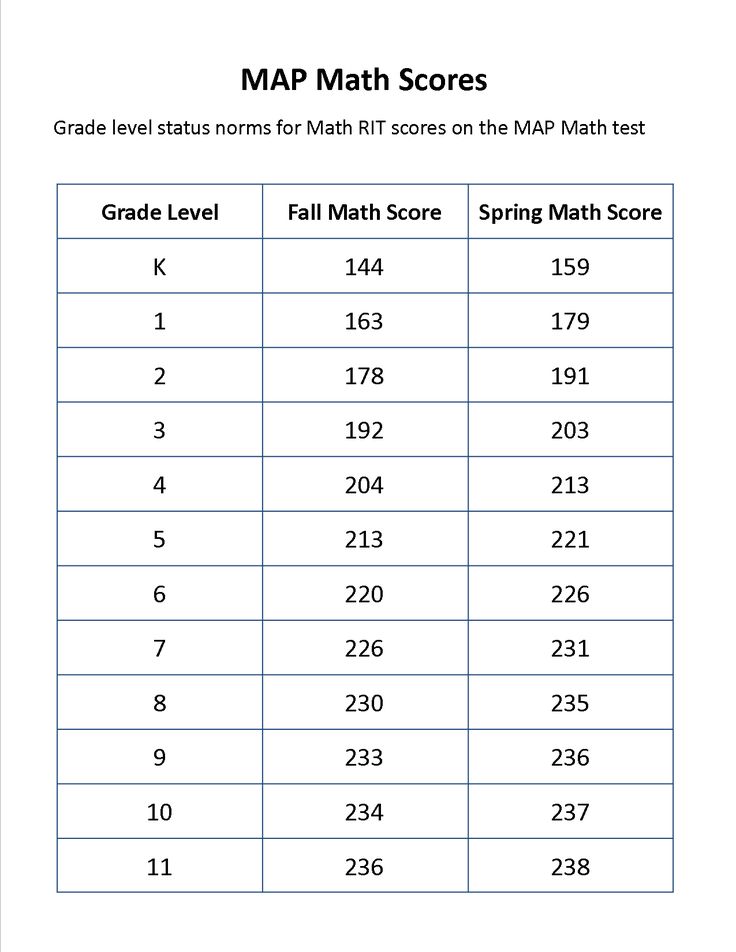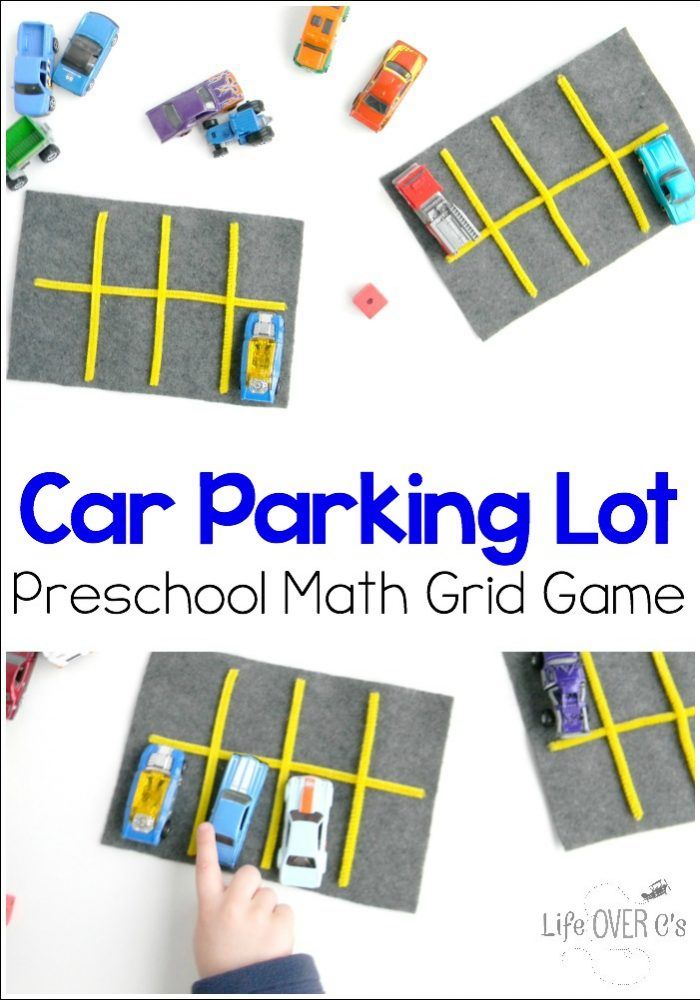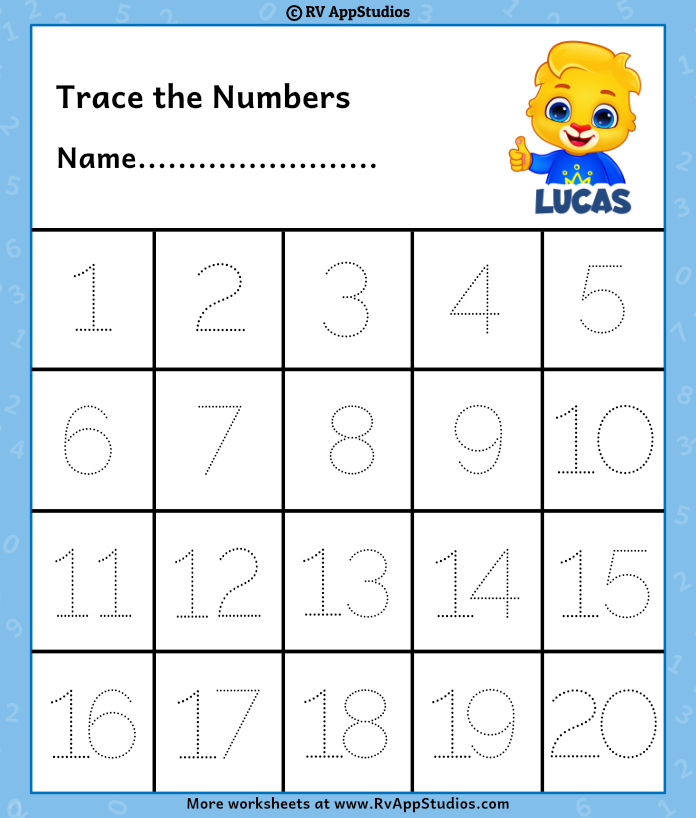Reading assessment for first graders
4 Reading Assessments for Kindergarten and First Grade
As teachers, we all want to get to know our students at the beginning of the year. We want to know their likes and dislikes, what they love to do, and their strengths and weaknesses. One area we all need insight into is students’ reading abilities. When it comes to reading assessments for kindergarten and first grade students, we want to do more than just assess one area of reading.
While assessments can sometimes be intimidating or overwhelming, we need them to help grow our readers’ accuracy, fluency, and comprehension skills. Let’s explore why we need them and several different reading assessments you can do to better understand where your students are.
Why Do We Need Different Reading Assessments for our Kindergarten and First Grade Readers?
Our young readers are so much more than just a reading level, although knowing that is important as well. Teachers are often familiar with how to complete reading level assessments, but we need more than that. With the latest research in the Science of Reading, we’re learning (or getting confirmation) that young readers need explicit phonics instruction in a systematic way. If students can learn letter sounds and how they work together to create words, they can move forward in reading.
By completing several different reading assessments for kindergarten and first grade readers, you’ll get a bigger picture of what each reader is capable of as a whole. Then, results can guide your instruction to differentiate for the learners in your classroom. Additionally, you will have more opportunities to track progress in specific areas. You can see which areas students need more practice and review with.
1. Phonics Skills Assessments
Assessing students’ phonemic awareness and phonics skills is a great place to start with reading assessments. Mastering phonemic awareness is a key factor in reading readiness for little learners. No matter what reading level a child is on – pre-readers to high readers, they ALL have or need a strong foundation of phonemic awareness.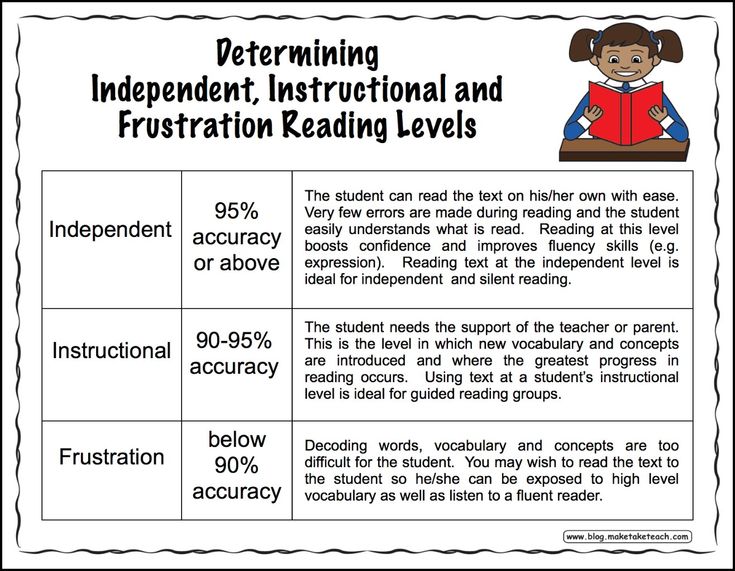
You can see if students are competent in the nine areas of phonemic awareness:
- Rhyming
- Segmenting Syllables
- Beginning Sounds
- Ending Sounds
- Medial Sounds
- Blending Onsets and Rimes
- Blending Phonemes
- Deleting Phonemes
- Segmenting Phonemes
Then, you can have students do a phonics skill assessment to check students’ understanding between letters and sounds. As students begin to match letters and letter combinations to the sounds they hear in words, they’ll use their phonemic awareness skills like segmenting and blending sounds to match the printed letter(s). So strong phonemic awareness skills can lead to strong phonics skills.
One simple phonics assessment is to have students read through a list of words that follow specific phonics patterns. For example, the list may have several cvc words, words with digraphs, words with blends, and words with long vowels.
You’ll easily be able to identify which areas of phonics your readers will need more support in.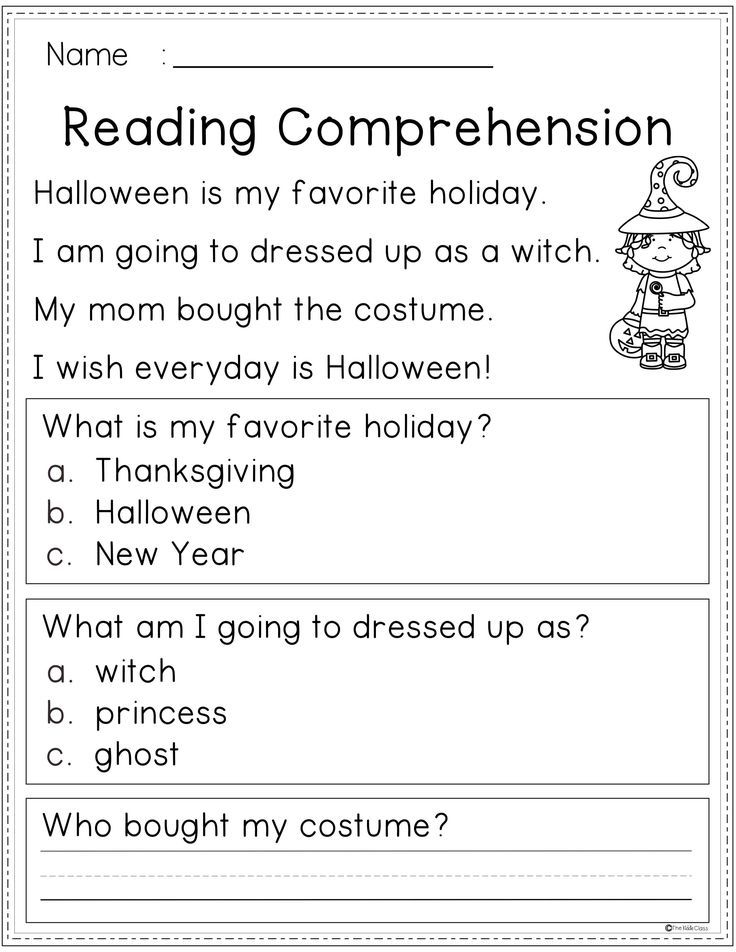
2. Dictation Assessment
Dictation assessments are another type of reading assessment to complete for kindergarten and first grade. While dictation assessments technically involve writing, they’re a great way to see how students are processing what they have learned. Remember, reading is input and writing is output.
To complete a dictation assessment, ask students to write words or short sentences within certain phonics patterns to see if students understand how to do it. For example, to assess short /a/, ask students to write “A cat sat on a mat.” You’ll be able to see if students struggle with a specific skill.
3. High-Frequency Word Assessment
Learning high-frequency words does have a place in the classroom. Even with the new science of reading research, high-frequency words matter. How we teach them may need to change, but students still need to learn them. Why? Because…
By assessing and tracking students’ progress in master high-frequency words, we’re giving our readers a bigger bank of sight words to have to make reading easier. I have two resources to help make this easier for you and your students to monitor: Kindergarten Sight Words and First Grade Sight Words
I have two resources to help make this easier for you and your students to monitor: Kindergarten Sight Words and First Grade Sight Words
4. Guided Reading Level Assessment
Finally, knowing what guided reading level your students are on will help you know where to start in guided reading. Do guided reading levels have a place in the classroom? Yes! Guided reading levels are simply a system developed originally by Irene Fountas and Gay Su Pinnell to help organize reading skills and strategies so that readers are not overwhelmed. The goal of guided reading is to work within a child’s instructional level.
So, you’ll need to find each child’s guided reading instructional level. Your school may have an assessment kit that makes this is like a DRA Assessment Kit. If not, I have an assessment kit that’s super easy to use and makes assessing a breeze.
This all-inclusive assessment kit has:
- 26 books for Levels A-M
- 1 fiction and 1 nonfiction per level
- Books in printable and digital format to easily share on your learning platform
- Running records for each book
- Comprehension questions and a grading rubric
- Instructions for how to take and score the running record
- Teacher instructions for giving the assessment for both in-person and digital teaching
- Parent note/letter to send home or email for virtual assessing
- Datasheet to record data for the beginning, middle, and end of the year
FREE Reading Assessment Toolkit
By piecing all of these assessments together, you’ll have a solid, comprehensive picture of each student as a whole reader.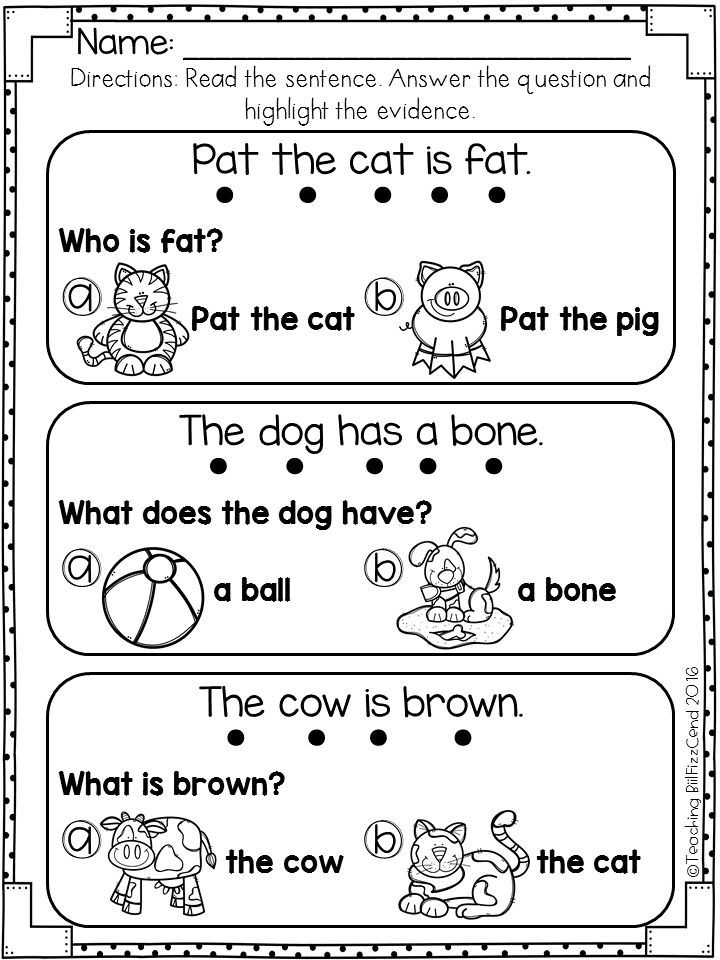 All of these components matter and can guide your lesson planning and instruction to meet the needs of each student.
All of these components matter and can guide your lesson planning and instruction to meet the needs of each student.
To help you get started, I created a FREE Reading Assessment Toolkit for teachers. It was carefully designed to help kindergarten, first, and second grade teachers navigate reading assessments to better help their students. It includes:
- Phonemic Awareness Skills Checklist
- Phonics Skill Assessment and Checklist
- Dictation Assessment
- Running Record Cheat Sheet
- Comprehension Questions for Fiction and Non-fiction
- Reading Strategies and Skills Checklist
- Dolch and Fry’s Sight Word Lists
- Parent Conference Forms for K-2
- Testing Table Signs and Door Signs
Grab this FREE download today and get started mastering your reading assessments for kindergarten and first grade!
Want to use the latest research to boost your readers during small groups? This FREE guide is packed with engaging ideas to help them grow!
Assessment: In Depth | Reading Rockets
How do we know how well our students are doing? It's important to take time regularly to assess their progress, so we can adjust instruction as needed and help ensure that no student slips through the cracks.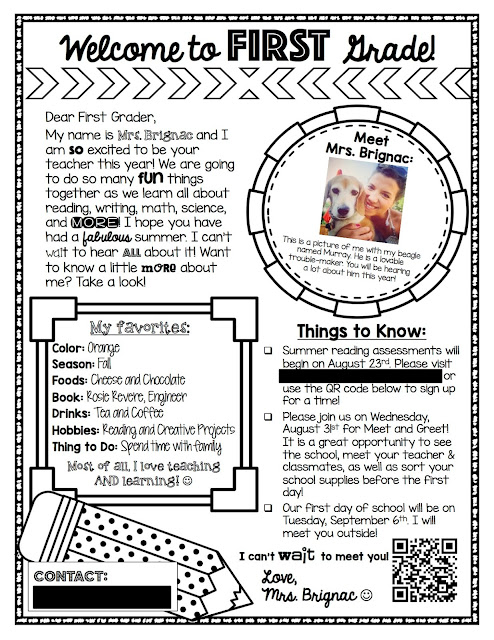
In this section:
As students progress from kindergarten through third grade, they should be steadily developing the skills they need to become proficient readers. Students need to learn and then master their foundational skills (e.g., decoding individual words) while gradually developing the ability to understand and critique increasingly complex texts.
The Common Core State Standards, which have been adopted (or adapted) by most states, identify what students should know by the end of each grade (K-3) in order to become successful readers. Below, you can find a set of grade-by-grade charts, based on the standards, that provide a useful benchmark for the skills that, ideally, all of our students should master.
Types of assessments
To monitor student progress, schools and individual teachers conduct different types of assessments with students in Grades K-3:
Screening assessments are given to all students at the start of the school year to determine which students are at risk of struggling with reading.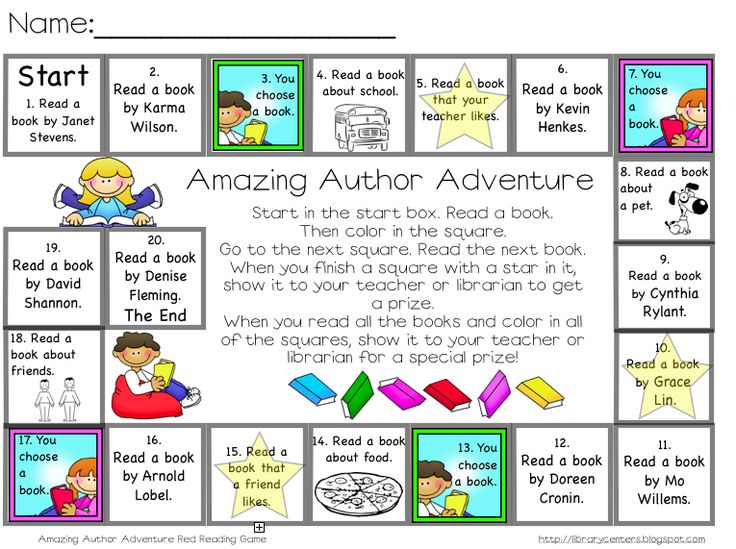 They are not used to diagnose specific skill gaps; rather, they help to identify children who need diagnostic assessments, as well as children who may require supplemental intervention. Screening assessments should be relatively fast and efficient to administer. One type of useful screening assessment involves curriculum-based measures (CBMs). Examples include DIBELS Next or Aimsweb.
They are not used to diagnose specific skill gaps; rather, they help to identify children who need diagnostic assessments, as well as children who may require supplemental intervention. Screening assessments should be relatively fast and efficient to administer. One type of useful screening assessment involves curriculum-based measures (CBMs). Examples include DIBELS Next or Aimsweb.
Diagnostic assessments are used to assess specific skills or components of reading such as phonemic awareness, phonics skills, and fluency. The results of diagnostic assessments inform instruction and intervention. Diagnostic assessments can be formal standardized tests of children’s component reading and language abilities or informal measures such as criterion-referenced tests and informal reading inventories. Not all children need this kind of in-depth reading assessment, which is most important for struggling and at-risk readers.
- Norm-referenced assessments are formal assessments, often used as diagnostic tools.
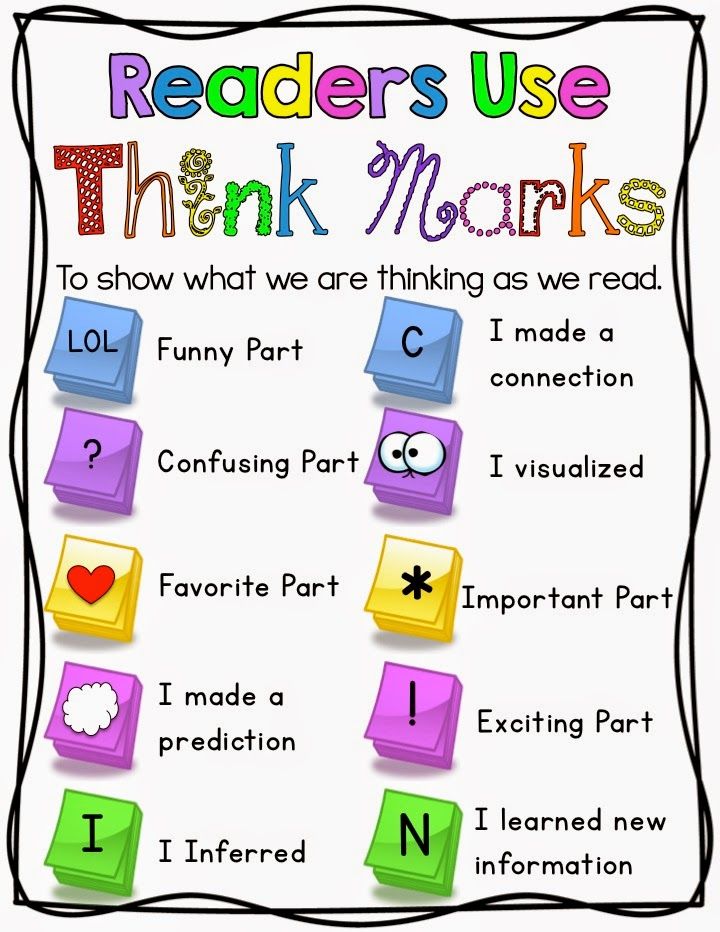 The score compares the student’s skills to a defined population used in standardizing the test (i.e., how did this student perform on these tasks compared to other students in the same grade or age range). Examples of these tests include the Woodcock-Johnson Tests of Achievement and the Wechsler Individual Achievement Test. Typically these kinds of tests should not be administered more than once a year.
The score compares the student’s skills to a defined population used in standardizing the test (i.e., how did this student perform on these tasks compared to other students in the same grade or age range). Examples of these tests include the Woodcock-Johnson Tests of Achievement and the Wechsler Individual Achievement Test. Typically these kinds of tests should not be administered more than once a year. - Criterion-referenced assessments are both formal and informal assessments, and are also used as diagnostic tools. The score compares the student’s skills to a defined set of skills and a goal (criterion) for mastery. These assessments are administered before instruction and after instruction to measure a student’s skill growth. An example of this type of test is the Core Phonics Survey. Usually these kinds of tests can be administered more than once a year.
Outcome assessments, also called high stakes assessments, are given to all students in a grade.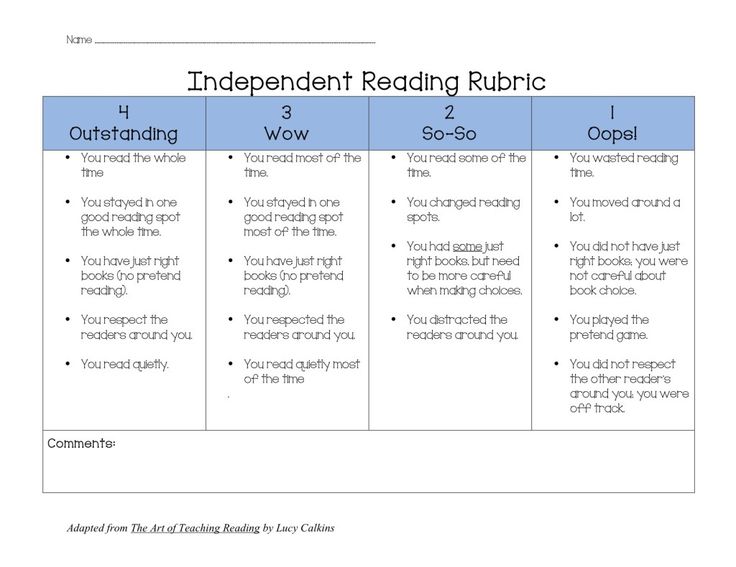 They measure students’ skills against grade-level expectations. Outcome assessments are used to make decisions about students, teachers, a school, or even an entire school system.
They measure students’ skills against grade-level expectations. Outcome assessments are used to make decisions about students, teachers, a school, or even an entire school system.
Progress monitoring assessments measure a student’s overall progress during the school year or progress toward acquiring specific skills that have been taught. Examples of these kinds of measures include curriculum-based measures (CBMs), criterion-referenced tests, and informal measures such as reading inventories. These tests can be given more than once a year and, depending on the assessment, sometimes quite frequently. For instance, many CBMs could be given on a weekly basis if desired.
As the list above suggests, a single assessment can sometimes serve more than one purpose or fit in more than one category. For example, a CBM such as DIBELS Next can be used as part of universal screening at the beginning of the school year to help determine which children are at risk in reading.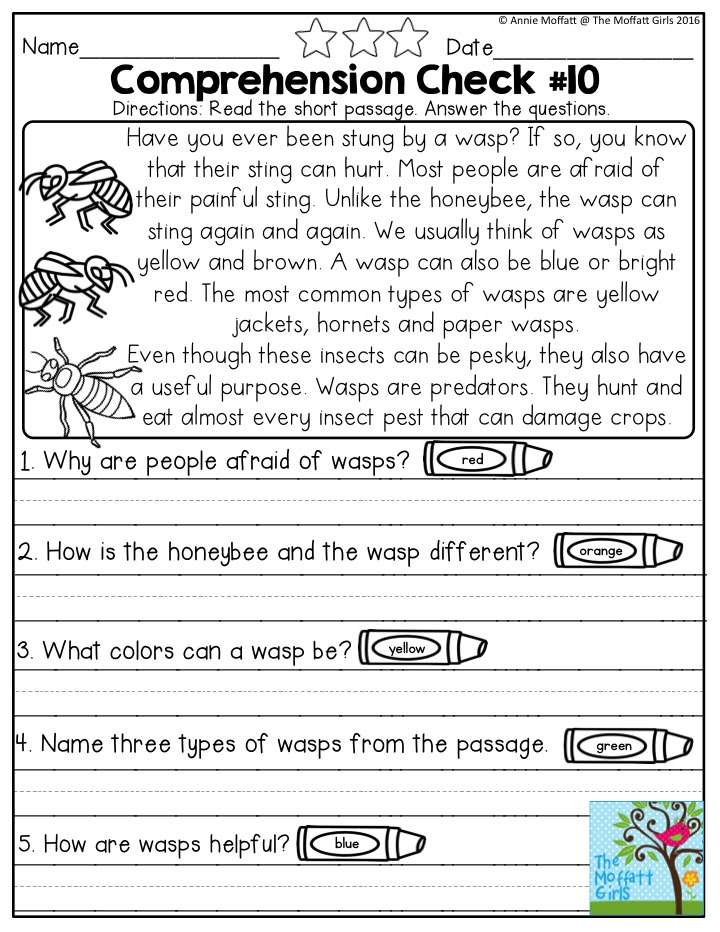 It can also be re-administered later in the school year to help gauge a child’s overall progress in reading.
It can also be re-administered later in the school year to help gauge a child’s overall progress in reading.
Back to top
Video: Introduction to Reading Assessment
This podcast from the University of Florida Literacy Institute provides a brief overview of basic concepts related to reading assessment.
Identifying students’ skill gaps to target specific weaknesses
Starting in first grade, most students are given assessments of their reading comprehension. These assessments are important, but they provide us with only a global view of a child’s reading ability. To provide useful instruction and intervention, we must be able to target instruction to a student’s specific weaknesses.
For instance, two first-graders might obtain the same low reading comprehension score, but if one student’s difficulty is mainly in the area of decoding and the other student’s main weakness involves limited vocabulary knowledge, then those students will need different types of instruction to improve their overall reading comprehension.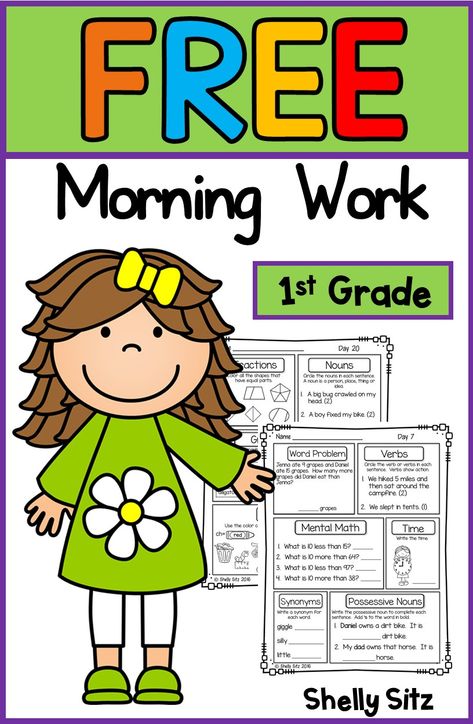
The simple view of reading
The Simple View of Reading (SVR) offers one useful way to think about reading and the skill gaps students might have. SVR is widely referenced in scientific studies of reading. According to SVR, good reading comprehension requires two broad types of abilities: good word recognition and good oral language comprehension.
Both of these domains — word recognition and oral language comprehension — incorporate other specific abilities. For example:
Word recognition encompasses:
- Phonological and phonemic awareness
- Phonics skills (both knowledge of letter sounds and decoding unfamiliar words)
- Automaticity of word recognition
- Reading of common phonetically irregular words
Oral language comprehension encompasses:
- Oral vocabulary (including morphology, i.e., understanding meaningful word parts such as common roots)
- Background knowledge
- Sentence (syntactic) comprehension
- Pragmatic language (use of language in a social context, including subtler aspects of language usage such as understanding sarcasm or idioms)
[Note: these are key examples, not an exhaustive list.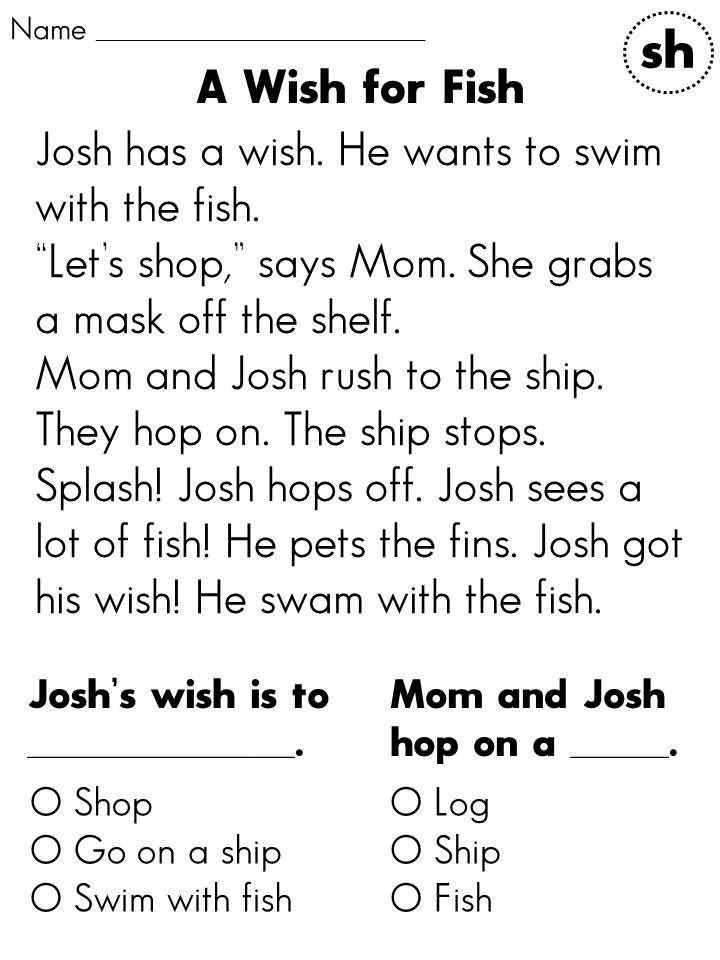 ]
]
Students need both types of abilities to read and comprehend well — just one will not do. For instance, children who have excellent language comprehension, with the ability to understand sophisticated stories read aloud by the teacher, still will not have good reading comprehension if they cannot read individual words.
Conversely, a child who reads words accurately and automatically but who does not have good oral comprehension will also not have good reading comprehension. This latter type of child might be able to decode a sentence perfectly, such as The gorgeous lady with the flowing white robe and the golden crown was confined to the attic of the castle. However, if the child does not know the meanings of words such as gorgeous, confined, and attic, or if he or she cannot understand the somewhat complex syntax of the sentence, then reading comprehension will nevertheless be impaired.
This article provides an excellent discussion of the Simple View of Reading and what it means for good reading instruction.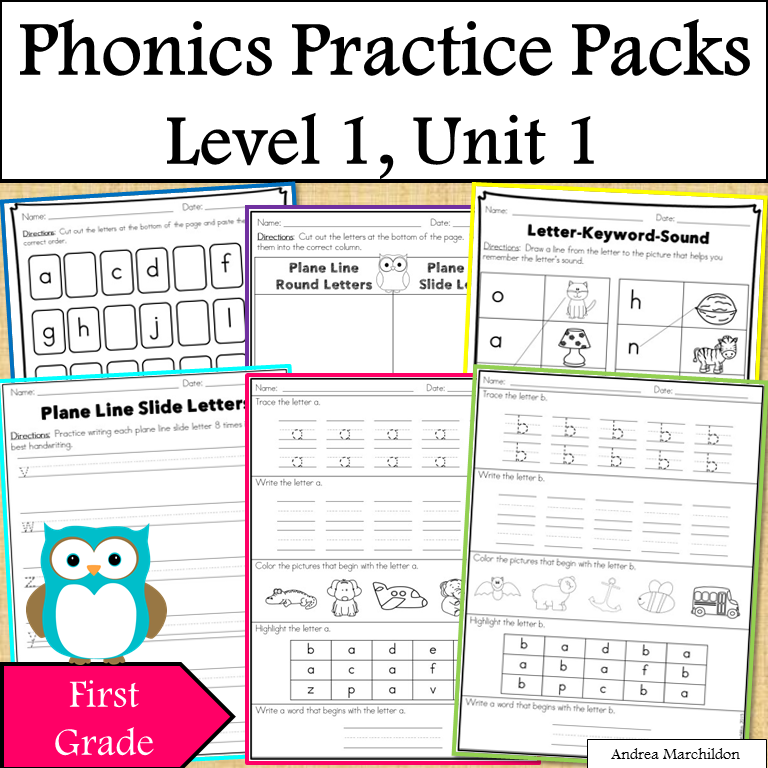
Children who can read grade-appropriate passages accurately, with ease and appropriate speed, as well as with good oral expression, generally have good language comprehension as well. Other cognitive abilities, such as working memory and executive function, also influence reading comprehension. Classroom teachers do not typically assess these other cognitive abilities as part of a reading assessment, but they can be important to consider in individual cases, such as when a student has a disability that affects reading.
Severe weaknesses in either word recognition or oral language comprehension may require assessments conducted by special educators, reading specialists, or psychologists (e.g., using Woodcock Johnson IV or the WIAT-III). If we are concerned about particular students, we should confer with specialists and with their school’s administration.
Determining the profile of reading difficulty and identifying specific skill gaps
The Simple View of Reading has been used to identify four profiles of young learners: a profile for students who are at or above grade level and three common profiles of students with reading difficulties.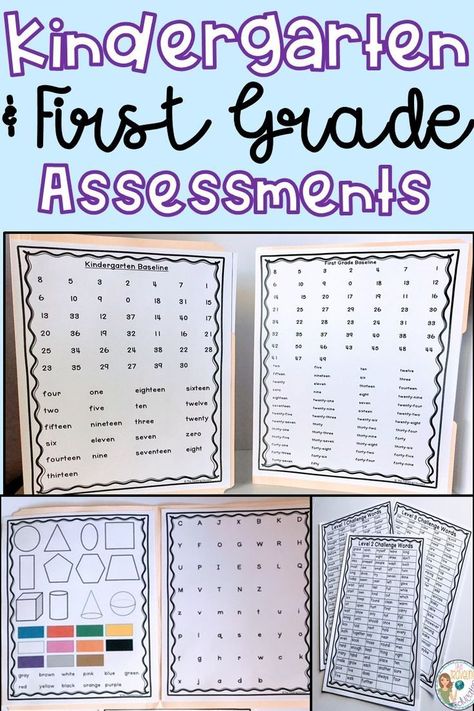 Among others, Catts and his colleagues (e.g., Catts, Adlof, & Weismer, 2006), Moats (2006), and Spear-Swerling (2015a, 2015b) have discussed these profiles:
Among others, Catts and his colleagues (e.g., Catts, Adlof, & Weismer, 2006), Moats (2006), and Spear-Swerling (2015a, 2015b) have discussed these profiles:
- Students who have good or adequate language comprehension and good or adequate decoding. Children with this profile are most likely at or above grade level in reading.
- Students who have good language comprehension but poor word recognition/decoding skills.This profile is termed specific word recognition difficulties (SWRD), because the child’s reading problems are specific to word recognition, not language comprehension.
- Students who have poor language comprehension but good word recognition/decoding skills. This profile is called specific comprehension difficulties (SCD), because the child’s reading problems are specific to comprehension and do not involve reading words.
- Students who have weaknesses in both language comprehension and word recognition/decoding skills.
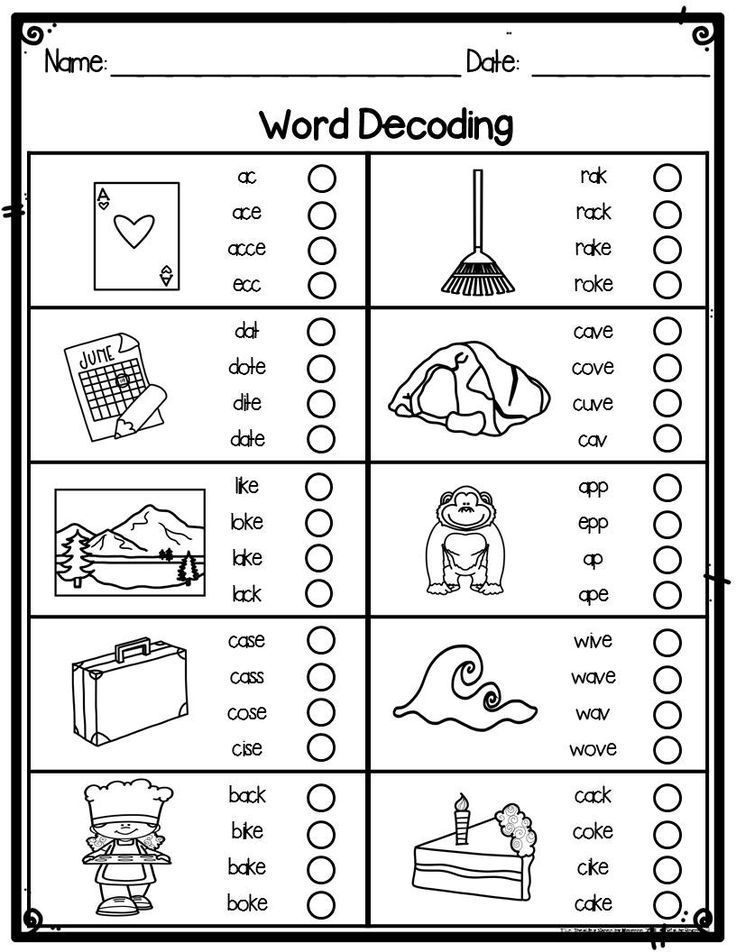 This profile is often called mixed reading difficulties (MRD), because the reading problems include both word recognition and comprehension.
This profile is often called mixed reading difficulties (MRD), because the reading problems include both word recognition and comprehension.
When teaching struggling readers, identifying the individual student’s profile can help insure that intervention strategies are effective:
- Students with the second profile, good language comprehension but poor word recognition (SWRD), typically need phonics intervention. For most of these children, effective phonics intervention, if accompanied by adequate levels of fluency, should enable children to achieve grade-appropriate reading comprehension
- Students with the third profile, poor language comprehension but good word recognition and decoding (SCD), do not need phonics intervention. They require comprehension interventions that address their specific needs in the domain of comprehension (e.g., vocabulary, background knowledge, inferencing).
- Students with the last profile, weaknesses in both language comprehension and word recognition/decoding (MRD), require both phonics intervention and intervention addressing their specific comprehension needs.
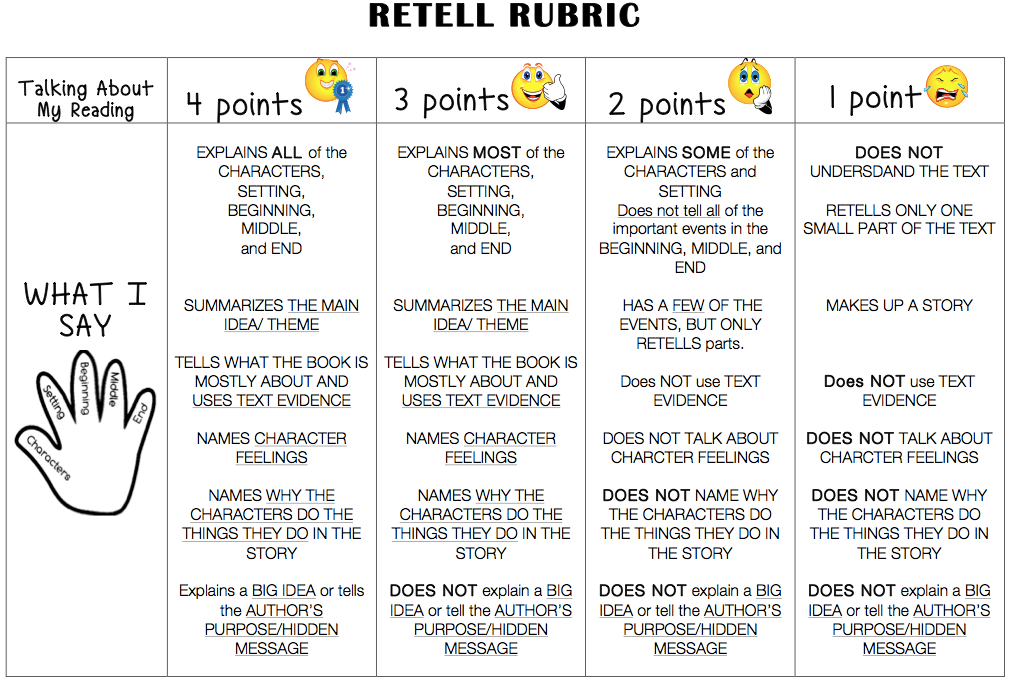
We can use the Simple View of Reading to identify the child’s profile of reading difficulty. From there, we should conduct more fine-grained assessments to determine the child’s specific skills and how to target instruction.
At each grade level, certain types of difficulties will likely be common, which means that children can be grouped together for differentiation of instruction in small, flexible groups. For example, in a typical third-grade class, difficulties with word-recognition and decoding would often involve decoding two-syllable or multisyllabic words, and children with these needs could be grouped together. Children with grade-appropriate decoding but comprehension needs involving vocabulary and background knowledge (another common weakness) might be in a second group.
Children with needs in both areas could participate in both groups. This plan might not meet the needs of all children, such as those who are very far behind in decoding, but it would provide helpful differentiation of instruction for most children in a class.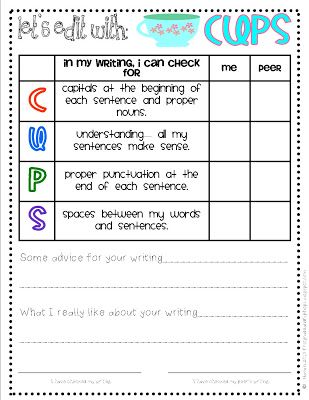
Back to top
Profiles of three struggling readers
Millie
Consider a third grader, Millie, who eagerly participates in classroom discussions. She can recall details from videos and passages read aloud. She correctly uses new vocabulary in speech. But Millie’s oral text reading is not fluent. She reads slowly, needs to laboriously sound out many words, and lacks prosody (i.e., the ability to read aloud with expression). She also lacks grade-appropriate spelling skills, although she can spell phonetically. For example, Millie spells the word thought as thot. How would we categorize her skill gap?
Does Millie have grade-appropriate language comprehension? Yes, she appears to have strong language comprehension; she follows conversations, remembers details, and uses vocabulary correctly in speech.
Does Millie have grade-appropriate word recognition? No. The description suggests a lack of reading fluency related to word recognition that is not automatic.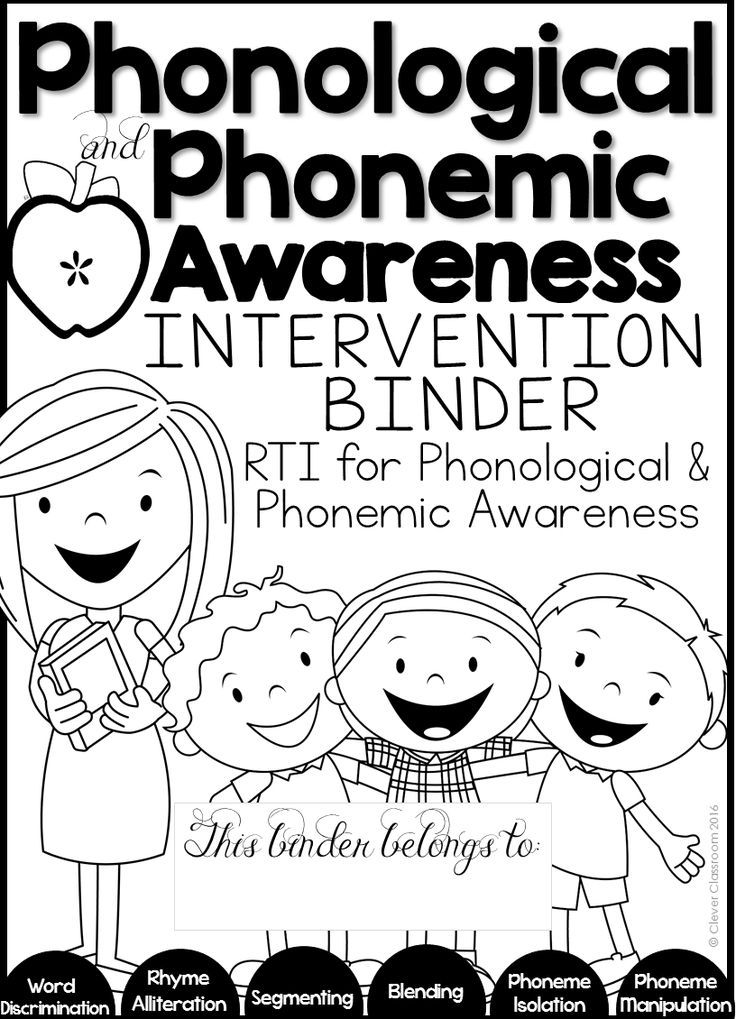 Millie is able to spell phonetically. That means she has strong phonological awareness, as well as some basic phonics skills (e.g., knowledge of single consonant and short vowel spellings). For example, she correctly hears the sounds in the word thought. Her spelling difficulties suggest she has weak orthographic skills; that is, Millie lacks knowledge about common letter patterns used in spelling. She may also have difficulty reading multisyllabic words, which require knowledge about many common letter patterns including those connected to roots, prefixes, and suffixes.
Millie is able to spell phonetically. That means she has strong phonological awareness, as well as some basic phonics skills (e.g., knowledge of single consonant and short vowel spellings). For example, she correctly hears the sounds in the word thought. Her spelling difficulties suggest she has weak orthographic skills; that is, Millie lacks knowledge about common letter patterns used in spelling. She may also have difficulty reading multisyllabic words, which require knowledge about many common letter patterns including those connected to roots, prefixes, and suffixes.
Millie has the first profile of reading difficulty, SWRD (specific word recognition difficulties), involving grade-appropriate oral language comprehension but difficulties in the domain of word recognition.
Millie’s teacher should assess her ability to read and spell words with common letter patterns expected at her grade level, in order to determine how to target instruction for her.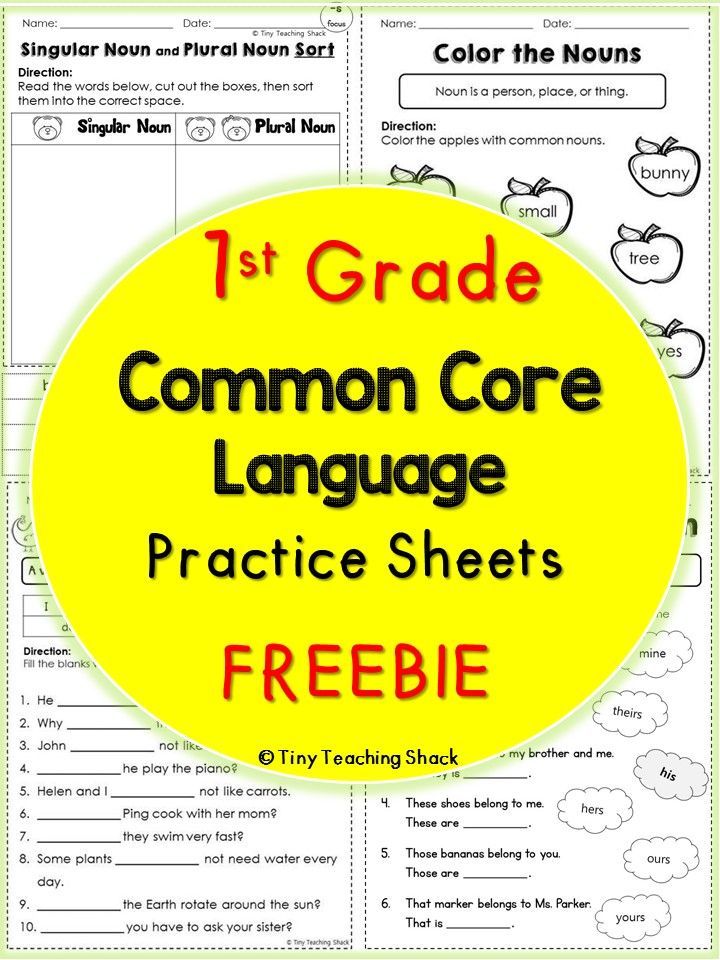 She should also look for ways to improve Millie’s reading fluency, such as re-reading of familiar text.
She should also look for ways to improve Millie’s reading fluency, such as re-reading of familiar text.
Data for Millie from a standardized reading measure with a mean of 50 and a standard deviation of 21.06 might look like this:
| Subtest | Score |
|---|---|
| Listening Comprehension | 61 |
| Reading Comprehension | 35 |
| Vocabulary | 39 |
| Word Attack | 34 |
| Word Identification | 37 |
| Spelling | 31 |
Notice that all the scores are below the mean of 50 except for listening comprehension. The listening comprehension score documents Millie’s strong language comprehension skills.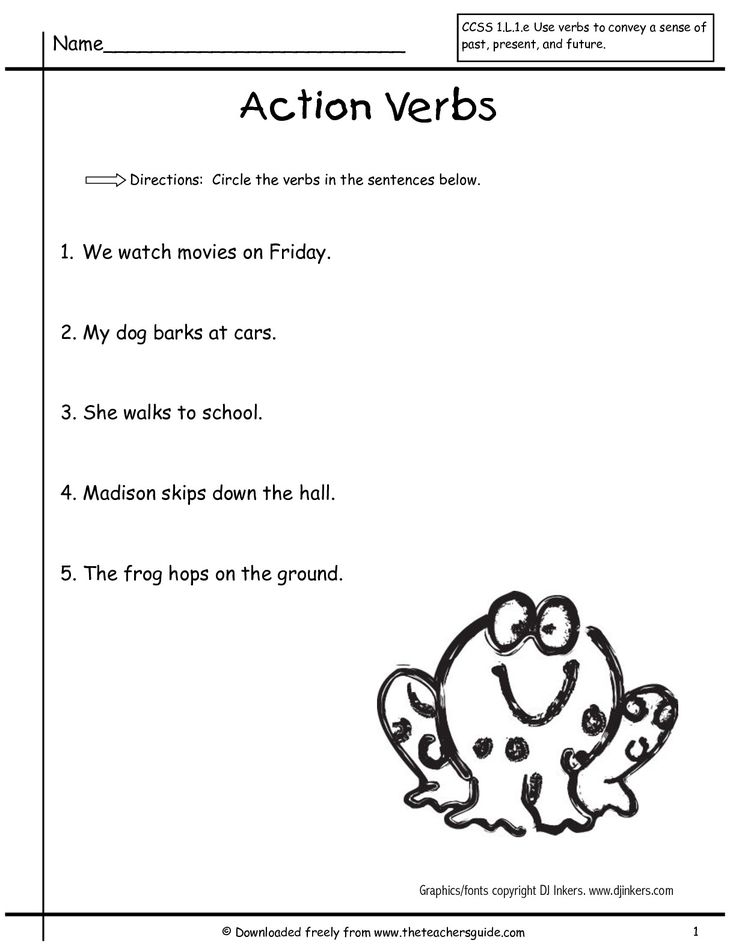 Listening comprehension does not require any skills in decoding. The other scores, which require adequate decoding, demonstrate Millie’s poor decoding and word recognition skills.
Listening comprehension does not require any skills in decoding. The other scores, which require adequate decoding, demonstrate Millie’s poor decoding and word recognition skills.
Curtis
Consider Curtis, another third grader. Curtis reads third-grade text accurately and fluently, but he rarely participates in classroom discussions. He struggles to answer questions, especially inferential questions. Curtis’s teacher has noticed that he often does not know the meanings of words typically known by third graders. She has observed these problems in Curtis’s own reading, during class discussions, and also in Curtis’s writing. Although Curtis has grade-appropriate spelling skills, his word choice in his writing is a significant weakness. How would we categorize his skill gap?
Does Curtis have strong language comprehension? No, he struggles with following a conversation and answering inferential questions. The description of Curtis suggests that vocabulary weaknesses may account for at least some of his comprehension problems.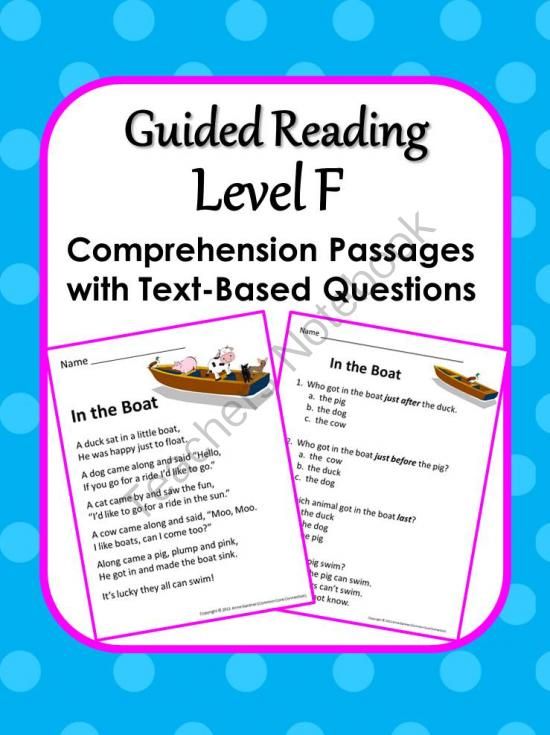 Lack of background knowledge, often associated with vocabulary limitations, may also be an issue. His difficulties with inferencing could be connected to these weaknesses.
Lack of background knowledge, often associated with vocabulary limitations, may also be an issue. His difficulties with inferencing could be connected to these weaknesses.
Does Curtis have grade-appropriate word recognition? Yes, his grade-appropriate oral reading fluency indicates that he does not have problems with word recognition. His grade-appropriate spelling also supports this idea.
Curtis has the second profile of reading difficulty, SCD (specific comprehension difficulties), involving poor language comprehension coupled with good word recognition and decoding.
Curtis requires more in-depth assessments of specific language comprehension skills such as vocabulary and background knowledge. Because Curtis’s word recognition and text fluency are not an issue, these aspects of Curtis’s comprehension could be evaluated in the context of his reading as well as his listening. For example, his teacher could examine Curtis’s performance on different types of questions during an informal reading inventory or during classroom discussions.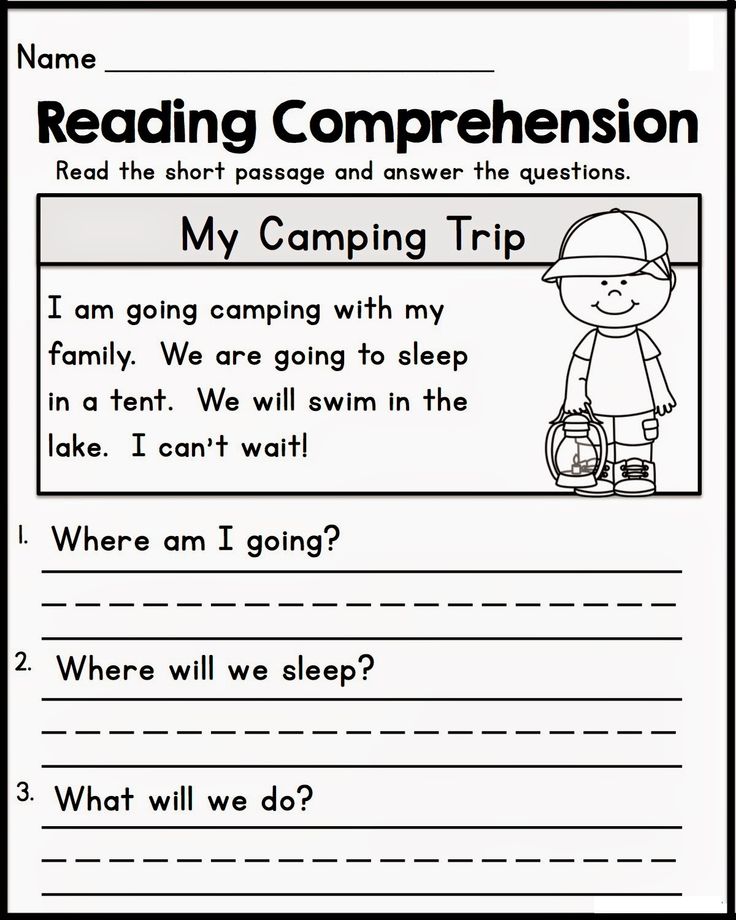
Data for Curtis from a standardized reading measure with a mean of 100 and a standard deviation of 15 might look like this:
| Subtest | Score |
|---|---|
| Listening Comprehension | 85 |
| Reading Comprehension | 85 |
| Vocabulary | 89 |
| Word Attack | 108 |
| Word Identification | 108 |
| Spelling | 100 |
Note that all of Curtis’ scores for anything related to language comprehension (listening comprehension, reading comprehension, and vocabulary) are below the mean of 100. The scores that require adequate decoding (word attack, word identification, and spelling) are at or above the mean.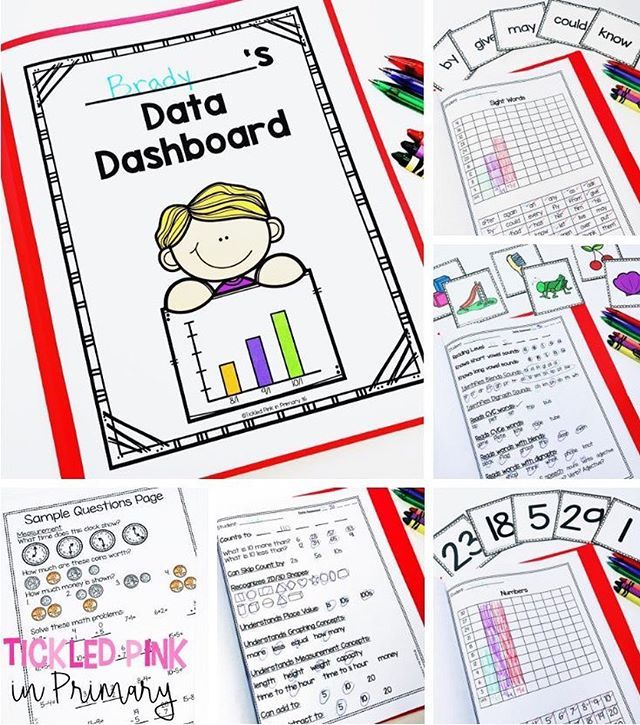 The data support the profile of poor language comprehension but good word recognition and decoding.
The data support the profile of poor language comprehension but good word recognition and decoding.
Bella
Consider Bella, a talkative first grader whose intervention teacher says she reads accurately. Bella can retell stories and answer questions during discussions. In class, Bella reads many words sound by sound, then looks at the teacher and says the whole word as if asking a question. At the end of the paragraph, Bella has no memory of what she has read even though she has read every word accurately.
Does Bella have strong language comprehension? Yes, she can understand discussions, and she can retell stories. She engages in discussions during class.
Does Bella have strong decoding? Are her orthographic skills strong? She is capable of associating the sounds with the letter patterns. This is not the area of primary weakness. She has weak phonological awareness, likely at the phonemic awareness level. She has to hear herself say the sounds in order to blend them into a word.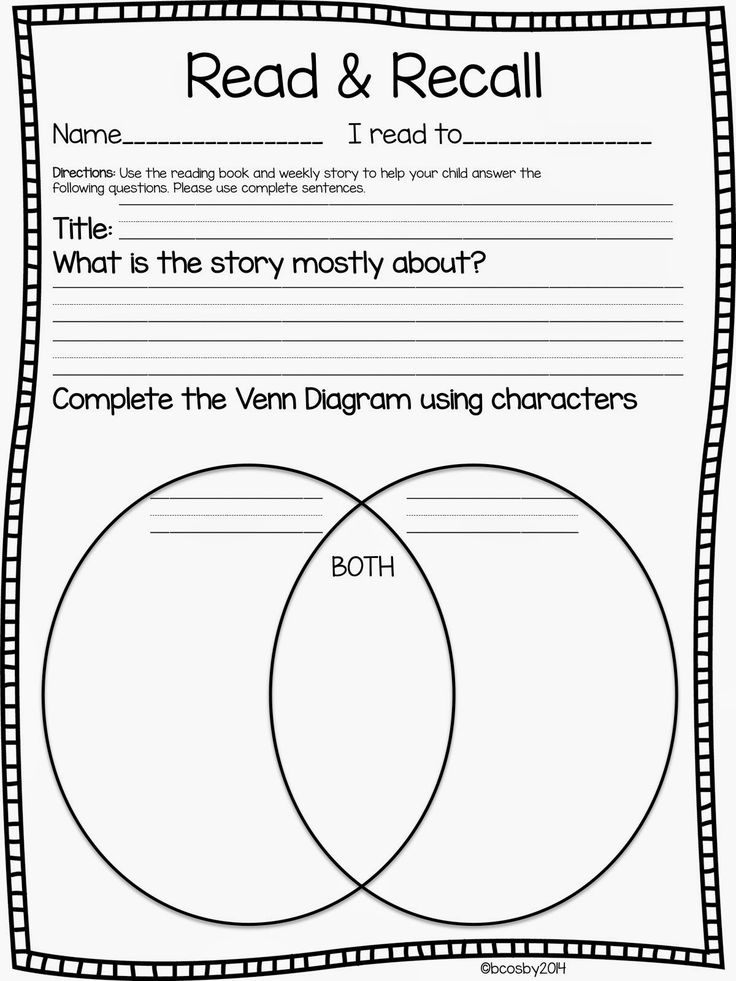 Even then, she is unsure if she has done this correctly. This is so effortful that she exhausts her working memory reading the words. She cannot comprehend what she reads because of the effort required to sound out words. Phonological awareness should be assessed to find where instruction should start.
Even then, she is unsure if she has done this correctly. This is so effortful that she exhausts her working memory reading the words. She cannot comprehend what she reads because of the effort required to sound out words. Phonological awareness should be assessed to find where instruction should start.
Summary
By looking at reading errors through the lens of the Simple View of Reading, we can categorize the area of weakness. From there, we can administer skill-level assessments to find the student's lowest level of skill. That is where instruction should start.
Back to top
Seeking help
While assessments can help identify a student’s skill gaps, there will be times when we need additional support. For example, language comprehension skill gaps may be as simple as building a student’s vocabulary, or they may be far more complex. A student’s decoding issues may appear to be simple phonemic awareness gaps but prove difficult to strengthen.
As such, it is important not to wait but to seek help for that student as quickly as possible.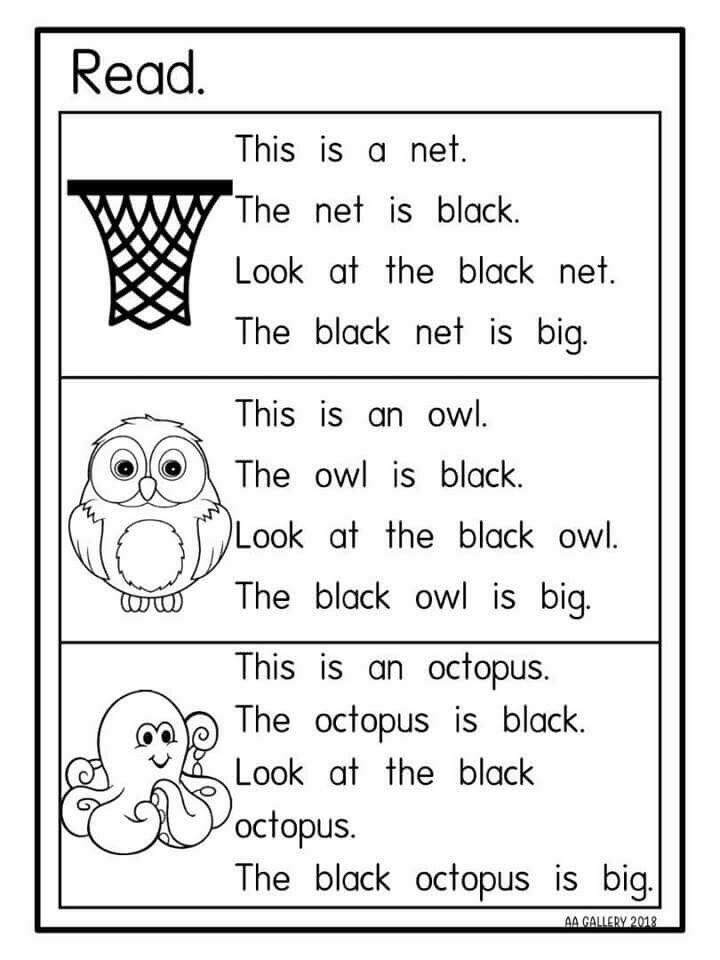 Seeking help may start by asking fellow teachers for advice or may require referral to a specialist. This will vary by school and school district.
Seeking help may start by asking fellow teachers for advice or may require referral to a specialist. This will vary by school and school district.
It is critical, however, to act quickly. Students who struggle with reading fall behind grade level content at an alarming rate. When a student does not respond to intervention almost from the start, we should err on the side of seeking additional support.
Back to top
Foundational reading skills and comprehension benchmarks: what children need to know
The following charts provide a concise summary of what students should know by the end of each grade (K-3) in order to become successful readers. The charts are derived from the Common Core State Standards and represent a useful benchmark for the skills that all students need. They include foundational reading skills as well as broader comprehension benchmarks. Without foundational skills, reading comprehension cannot occur. It is critical for elementary teachers to address these foundational skills and for children with poor skills to receive needed interventions.
By the end of kindergarten, students should be able to:
| Foundational Reading Skills | Reading: Literature
| Reading: Informational
| ||
|---|---|---|---|---|
| Print Awareness | Phonological Awareness Skills | Reading Skills | ||
| Know that words in print are separated by spaces. | Recognize and produce rhyming words. | Name all upper- and lower-case letters accurately. | With prompting and support, ask and answer questions about key details in a text. | With prompting and support, ask and answer questions about key details in a text. |
| Know that we read from top to bottom, left to right, and page by page. | Count, pronounce, blend, and segment syllables in spoken words. | Track text left to right, and return again to the left on the next line down. | With prompting and support, retell familiar stories, including key details. | With prompting and support, identify the main topic and retell key details of a text. |
| Know that words are separated by spaces. | Add or substitute individual sounds in simple one-syllable words. | Have a basic knowledge of the letter-sound correspondences. | With prompting and support, identify characters, settings, and major events in a story. | With prompting and support, describe the connection between two individuals, events, ideas, or pieces of information in a text. |
|
|
| Read common high-frequency words by sight (e.g., the, of, to, you, she, my, is, are, do, does). | Ask and answer questions about unknown words in a text. | With prompting and support, ask and answer questions about unknown words in a text. |
|
|
| Distinguish between similarly spelled words by identifying the sounds of the letters that differ. | Recognize common types of texts (e.g., storybooks, poems). | Identify the front cover, back cover, and title page of a book. |
|
|
| Read emergent-reader texts with purpose and understanding. | With prompting and support, describe the relationship between illustrations and the story in which they appear (e.g., what moment in a story an illustration depicts). | Name the author and illustrator of a text and define the role of each in presenting the ideas or information in a text. |
|
|
|
| With prompting and support, compare and contrast the adventures and experiences in familiar stories. | With prompting and support, describe the relationship between illustrations and the text in which they appear (e.g., what person, place, thing, or idea in the text an illustration depicts). |
|
|
|
| Actively engage in group reading activities with purpose and understanding. | With prompting and support, identify the reasons an author gives to support points in a text. |
|
|
|
|
| With prompting and support, identify basic similarities in and differences between two texts on the same topic (e.g., in illustrations, descriptions, or procedures). |
|
|
|
|
| Actively engage in group reading activities with purpose and understanding. |
Back to top
By the end of first grade, students should be able to:
| Foundational Reading Skills | Reading: Literature
| Reading: Informational
| ||
|---|---|---|---|---|
| Print Awareness | Phonological Awareness Skills | Reading Skills | ||
| Recognize the features of sentences (e. | Distinguish between short and long vowel sounds in single-syllable words. | Know the spelling-sound correspondences for all consonants and common consonant digraphs. | Ask and answer questions about key details in a text. | Ask and answer questions about key details in a text. |
|
| Blend phonemes to form single-syllable words, including words with consonant blends. | Know the silent-e spelling pattern for representing long vowel sounds. | Retell stories, including key details, and demonstrate understanding of their central message or lesson. | Identify the main topic and retell key details of a text. |
|
| Isolate and pronounce the initial, final, medial, and vowel sounds in single-syllable words. | Use knowledge that every syllable must have a vowel sound to determine the number of syllables in a word. | Describe characters, settings, and major events in a story, using key details. | Describe the connection between two individuals, events, ideas, or pieces of information in a text. |
|
| Segment single-syllable words into individual sounds. | Decode and syllabicate two-syllable words following basic patterns. | Identify words and phrases in stories or poems that suggest feelings or appeal to the senses. | Ask and answer questions to help determine or clarify the meaning of words and phrases in a text. |
|
|
| Read words with common suffixes. | Explain major differences between books that tell stories and books that give information, drawing on a wide reading of a range of text types. | Know and use various features (e.g., headings, tables of contents, glossaries, electronic menus, icons) to locate key facts or information in a text. |
|
|
| Recognize and read grade-appropriate irregularly spelled words. | Identify who is telling the story at various points in a text. | Distinguish between information provided by pictures or other illustrations and information provided by the words in a text. |
|
|
| Read grade-level texts accurately, fluently, and with purpose and understanding. | Use illustrations and details in a story to describe its characters, setting, or events. | Use illustrations and details in a text to describe its key ideas. |
|
|
| Use context to confirm understanding, and self-correct and reread as necessary to fix comprehension. | Compare and contrast the adventures and experiences of characters in stories. | Identify the reasons an author gives to support points in a text. |
|
|
|
| With prompting and support, read prose and poetry of appropriate complexity for Grade 1. | Identify basic similarities in and differences between texts on the same topic (e.g., in illustrations, descriptions, or procedures). |
|
|
|
|
| With prompting and support, read informational texts appropriately complex for Grade 1. |
Back to top
By the end of second grade, students should be able to:
| Foundational Reading Skills | Reading: Literature | Reading: Informational | |
|---|---|---|---|
| Phonics and Word Recognition | Fluency | ||
| Distinguish long and short vowels when reading regularly spelled one-syllable words. | Read grade-level text with purpose and understanding. | Ask and answer such questions as who, what, where, when, why, and how to demonstrate understanding of key details in a text. | Ask and answer such questions as who, what, where, when, why, and how to demonstrate understanding of key details in a text. |
| Know spelling-sound correspondences for additional common vowel teams. | Read grade-level text orally with accuracy, appropriate rate, and expression on successive readings. | Recount stories, including fables and folk tales from diverse cultures, and determine their central message, lesson, or moral. | Identify the main topic of a multiparagraph text as well as the focus of specific paragraphs within the text. |
| Decode regularly spelled two-syllable words with long vowels. | Use context to confirm or self-correct word recognition and understanding, rereading as necessary. | Describe how characters in a story respond to major events and challenges. | Describe the connection between a series of historical events, scientific ideas or concepts, or steps in technical procedures in a text. |
| Decode words with common prefixes and suffixes. |
| Describe how words and phrases (e.g., regular beats, alliteration, rhymes, repeated lines) supply rhythm and meaning in a story, poem, or song. | Determine the meaning of words and phrases in a text relevant to a Grade 2 topic or subject area. |
| Identify words with inconsistent but common spelling-sound correspondences. |
| Describe the overall structure of a story, including describing how the beginning introduces the story and the ending concludes the action. | Know and use various text features (e.g., captions, bold print, subheadings, glossaries, indexes, electronic menus, icons) to locate key facts or information in a text efficiently. |
| Recognize and read grade-appropriate irregularly spelled words. |
| Acknowledge differences in the points of view of characters, including by speaking in a different voice for each character when reading dialogue aloud. | Identify the main purpose of a text, including what the author wants to answer, explain, or describe. |
|
|
| Use information gained from the illustrations and words in a print or digital text to demonstrate understanding of its characters, setting, or plot. | Explain how specific images (e.g., a diagram showing how a machine works) contribute to and clarify a text. |
|
|
| Compare and contrast two or more versions of the same story (e.g., Cinderella stories) by different authors or from different cultures. | Describe how reasons support specific points the author makes in a text. |
|
|
| By the end of the year, proficiently read and comprehend literature, including stories and poetry, in the text complexity band for Grades 2-3, with scaffolding as needed at the high end of the range. | Compare and contrast the most important points presented by two texts on the same topic. |
|
|
|
| By the end of the year, proficiently read and comprehend informational texts, including history/social studies, science, and technical texts, in the Grades 2-3 text complexity band, with scaffolding as needed at the high end of the range. |
Back to top
By the end of third grade, students should be able to:
| Foundational Reading Skills | Reading: Literature | Reading: Informational | |
|---|---|---|---|
| Phonics and Word Recognition | Fluency | ||
| Know and apply grade-level phonics and word analysis skills in decoding words. | Read with sufficient accuracy and fluency to support comprehension. | Ask and answer questions to demonstrate understanding of a text, referring explicitly to the text as the basis for the answers. | Ask and answer questions to demonstrate understanding of a text, referring explicitly to the text as the basis for the answers. |
| Identify and know the meaning of the most common prefixes and derivational suffixes. | Read grade-level text with purpose and understanding. | Recount stories, including fables, folktales, and myths from diverse cultures; determine the central message, lesson, or moral, and explain how it is conveyed through key details in the text. | Determine the main idea of a text; recount the key details and explain how they support the main idea. |
| Decode words with common Latin suffixes. | Read grade-level prose and poetry orally with accuracy, appropriate rate, and expression on successive readings. | Describe characters in a story (e.g., their traits, motivations, or feelings) and explain how their actions contribute to the sequence of events. | Describe the relationship between a series of historical events, scientific concepts, or steps in a technical procedure in a text, using language that pertains to time, sequence, and cause/effect. |
| Decode multisyllable words. | Use context to confirm or self-correct word recognition and understanding, rereading as necessary. | Determine the meaning of words and phrases as they are used in a text, distinguishing literal from nonliteral language. | Determine the meaning of general academic and domain-specific words and phrases in a text relevant to a Grade 3 topic or subject area.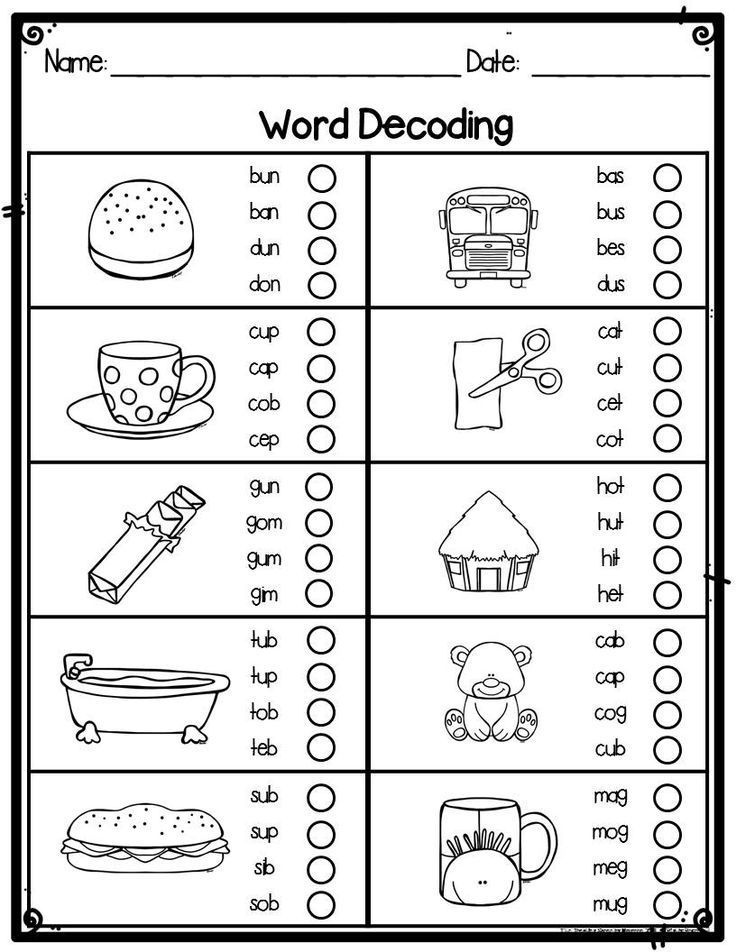 |
| Read grade-appropriate irregularly spelled words. | Refer to parts of stories, dramas, and poems when writing or speaking about a text, using terms such as chapter, scene, and stanza; describe how each successive part builds on earlier sections. | Use text features and search tools (e.g., key words, sidebars, hyperlinks) to locate information relevant to a given topic efficiently. | |
|
| Distinguish their own point of view from that of the narrator or those of the characters. | Distinguish their own point of view from that of the author of a text. | |
|
| Explain how specific aspects of a text’s illustrations contribute to what is conveyed by the words in a story (e.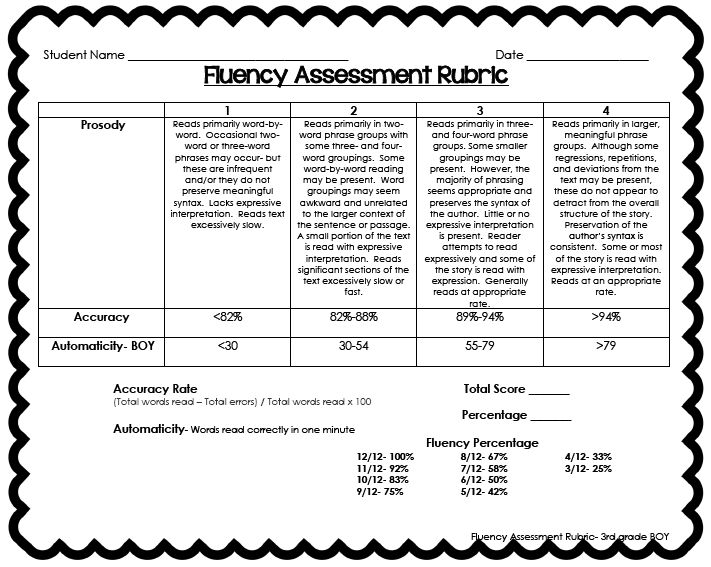 g., create mood, emphasize aspects of a character or setting). g., create mood, emphasize aspects of a character or setting). | Use information gained from illustrations (e.g., maps, photographs) and the words in a text to demonstrate understanding of the text (e.g., where, when, why, and how key events occur). | |
|
| Compare and contrast the themes, settings, and plots of stories written by the same author about the same or similar characters (e.g., in books from a series). | Describe the logical connection between particular sentences and paragraphs in a text (e.g., comparison, cause/effect, first/second/third in a sequence). | |
|
| By the end of the year, independently and proficiently read and comprehend literature, including stories, dramas, and poetry, at the high end of the Grades 2–3 text complexity band. | Compare and contrast the most important points and key details presented in two texts on the same topic.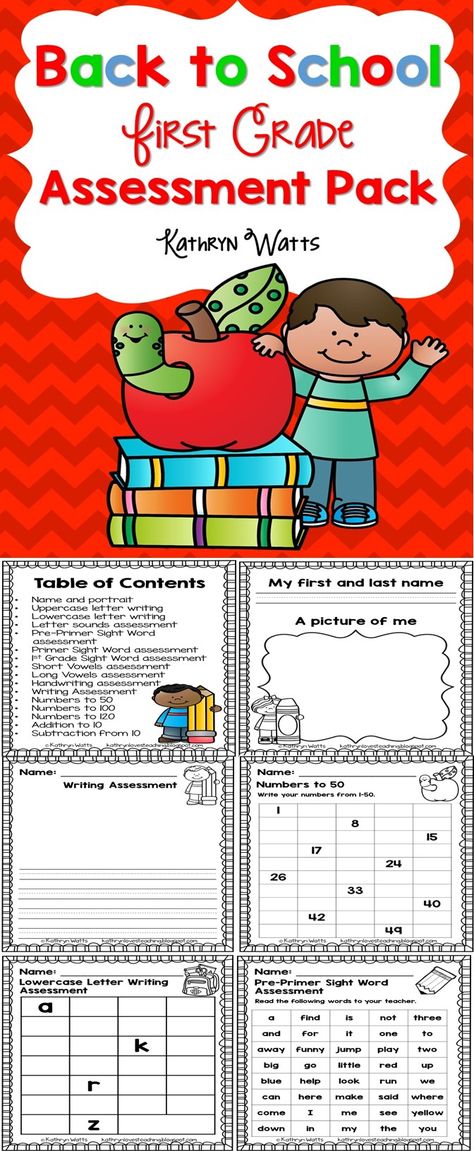 | |
|
| By the end of the year, independently and proficiently read and comprehend informational texts, including history/social studies, science, and technical texts, at the high end of the Grades 2–3 text complexity band. | ||
See all the Common Core English Language Arts Standards.
Back to top
References: profiles of struggling readers
Catts, H.W., Adlof, S.M., & Weismer, S.E. (2006). Language deficits in poor comprehenders: A case for the simple view of reading. Journal of Speech, Language, and Hearing Research, 49(2), 278-293.
Catts, H.W., Compton, D.L., Tomblin, J.B., & Bridges, M.S. (2012). Prevalence and nature of late-emerging poor readers. Journal of Educational Psychology, 104(2), 166-181.
Spear-Swerling, L. (2015a). The power of RTI and reading profiles: A blueprint for solving reading problems.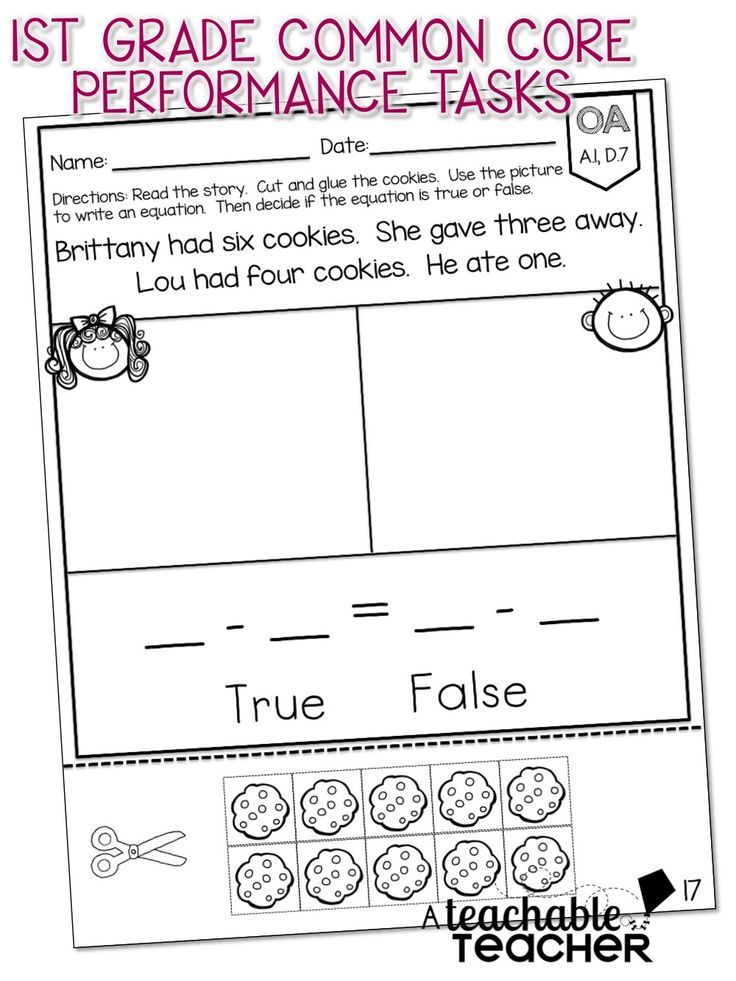 Baltimore, MD: Brookes Publishing Co.
Baltimore, MD: Brookes Publishing Co.
Spear-Swerling, L. (2015b). Common types of reading problems and how to help children who have them. The Reading Teacher, 69(5), 513-522.
Back to top
Video: Assessing Reading Skills
At the Stern Center in Williston, Vermont, struggling students get a leg up on reading and other skills.
Next: Assessment In Practice >
standards for grades and quarters
Reading is a key skill that opens the gate to the land of knowledge for a child. Thanks to this skill, children learn about the phenomena and events of the world around them, get acquainted with the characters and actions of people, meet new problems and ideas. This skill helps them to broaden their horizons and ideas about the world, develops critical thinking and trains cognitive abilities - attention, imagination, memory.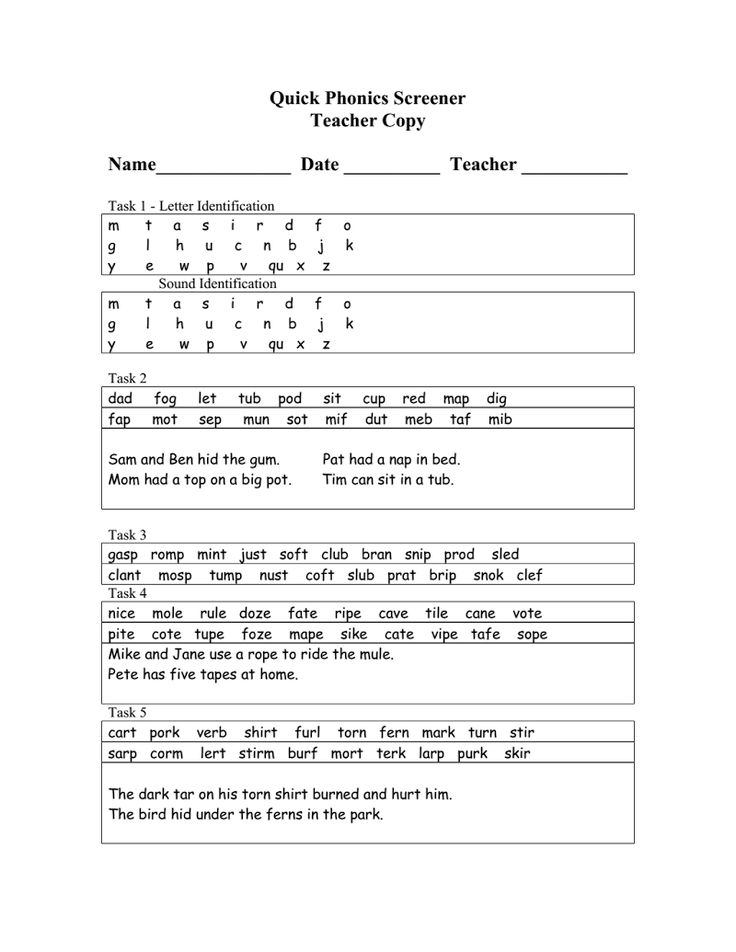 Reading is the foundation for further successful learning.
Reading is the foundation for further successful learning.
To understand how well a child develops this skill, it helps to check the reading technique. Reading technique is a multifactorial test that characterizes the development of a skill from different angles. In the technique of reading are evaluated:
- reading speed,
- reading method,
- reading awareness,
- correct reading,
- expressiveness of reading.
A difficult reading skill consists of both a technical and a semantic component and is aimed at achieving the main goal - understanding and assimilation of the information read.
Reading technique parameters
Let's consider all the components of reading technique in more detail.
- Reading speed - the number of words read in a certain period of time. Often, parents focus on the formation of fluent reading, while the child makes many mistakes, does not understand and does not remember what he read.
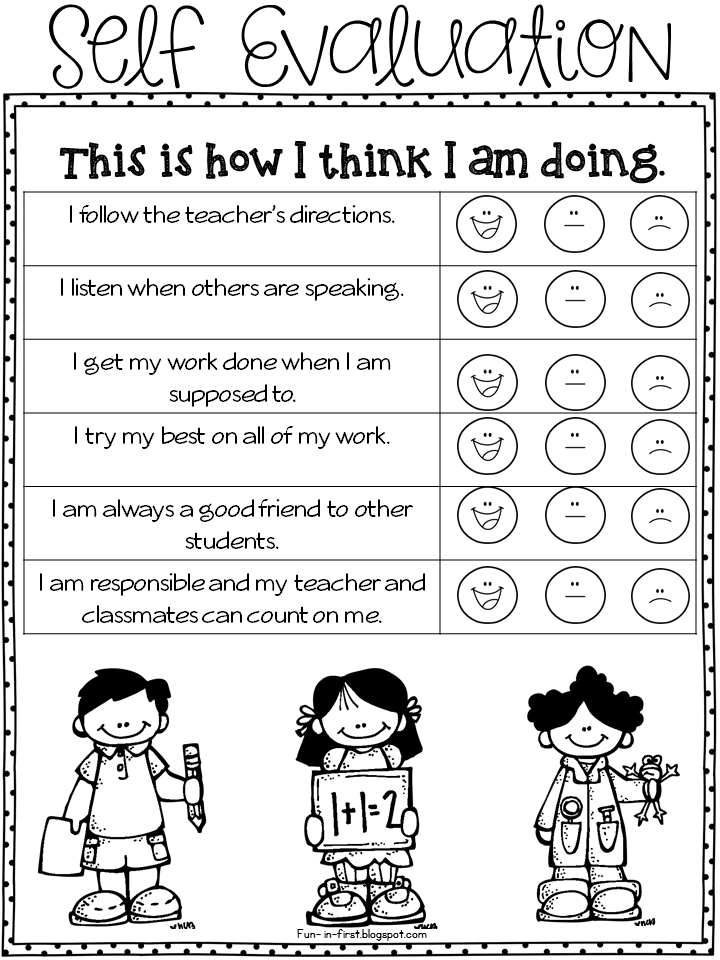 It is not necessary to force only speed, slower conscious reading and a gradual increase in tempo are better than fast mechanical reading with errors and inaccuracies.
It is not necessary to force only speed, slower conscious reading and a gradual increase in tempo are better than fast mechanical reading with errors and inaccuracies. - Way of reading — syllabic reading or reading the whole word, smoothly. With the development of the skill, the child has a gradual transition from syllabic reading to smooth reading in whole words.
- The correct reading of is characterized by the absence of errors and hesitation. Inattention, problems of diction lead to inaccurate reading, indistinct articulation and, as a result, to a distortion of meaning. Pay attention to the correct reading - this will be the key to competent writing.
- Reading awareness involves reading comprehension, awareness of the idea and meaning of the text, and in the future - this is the ability to catch the subtext, humor, irony, the attitude of the author. Interfering with reading comprehension can be low reading speed, distorted reproduction - guessing words, changing the shape of words, not reading endings.

- Reading expressiveness - the use of pauses, finding the right intonation, the correct placement of stresses. The expressiveness of reading is inextricably linked with awareness. When understanding what is read, it is easier for the child to observe the necessary pauses, select the correct intonation and place logical stresses.
Reading speed standards for elementary school
GEF standards determine the desired reading speed for a child by a certain point in learning, help to understand whether the development of a skill is successful or whether additional attention is required. Standards - indicative values; it is important to take into account the individual psychophysiological characteristics of each child and evaluate the growth of his personal indicators.
Grade 1 reading speed standards
Reading speed standards in grade 2
Reading speed standards in grade 3
Reading velocity
Reading speed, to which it is necessary schools, is reading at the speed of conversational speech, 110-120 words per minute.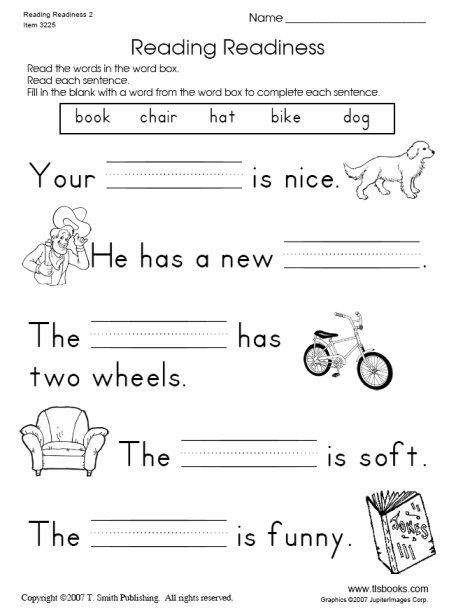 The human articulatory apparatus has adapted to this speed over time. And most importantly, the reading should be conscious, correct, expressive.
The human articulatory apparatus has adapted to this speed over time. And most importantly, the reading should be conscious, correct, expressive.
Other parameters of reading technique
Grade 1
At the end of the first half of the year. Reading is smooth syllabic, conscious and correct, with a clear pronunciation of syllables and words.
At the end of the second half of the year. Reading is conscious, correct, simple words are read as a word. Words with a complex syllabic structure can be read syllable by syllable.
Grade 2
At the end of the first half of the year. Reading consciously, correctly, in whole words. Compliance with logical stresses. Compound words can be read syllable by syllable.
At the end of the second half of the year. Reading meaningful, correct, in whole words. With observance of logical stresses, pauses and intonations. Syllabic reading is undesirable.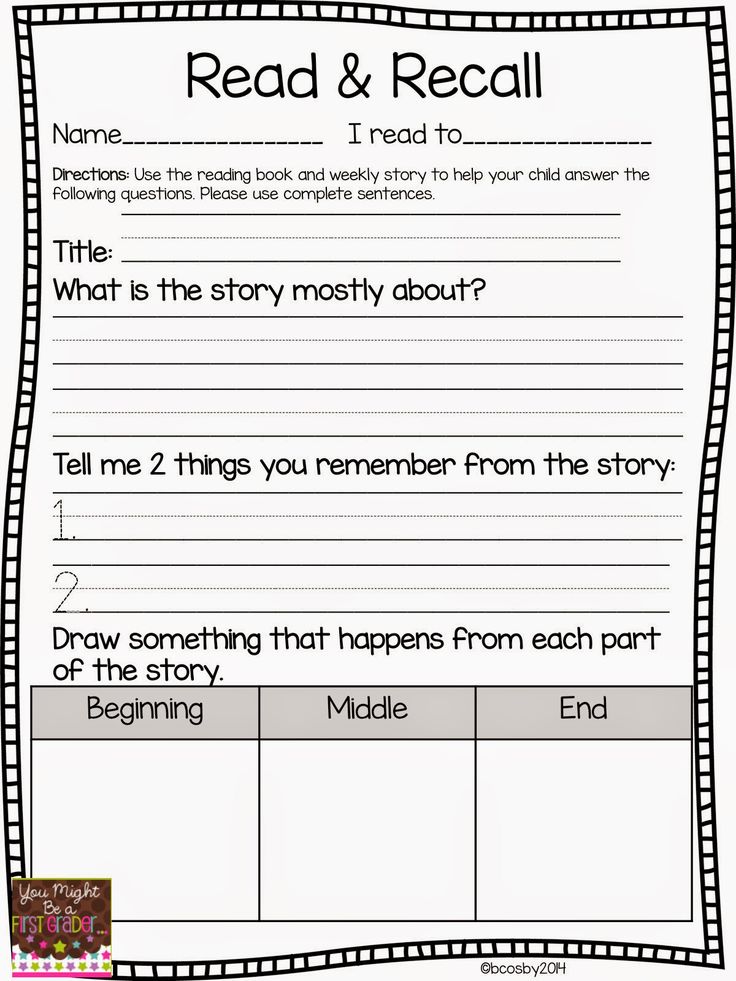
Grade 3
At the end of the first half of the year. Reading consciously, correctly, in whole words. With observance of pauses and intonations, with the help of which the child expresses an understanding of the meaning of what is being read.
At the end of the second half of the year. Reading consciously, correctly, in whole words. With observance of pauses and intonations, through which the child expresses understanding of the meaning of what is being read.
4th grade
At the end of the first half of the year. Reading consciously, correctly, in whole words. With the help of observed pauses and intonations, the child not only expresses an understanding of the meaning of what is being read, but is able to express his attitude to what he has read.
At the end of the second half of the year. Reading consciously, correctly, in whole words. With observance of pauses and intonations, through which the child expresses an understanding of the meaning of what is read, and his attitude to the content of what is read.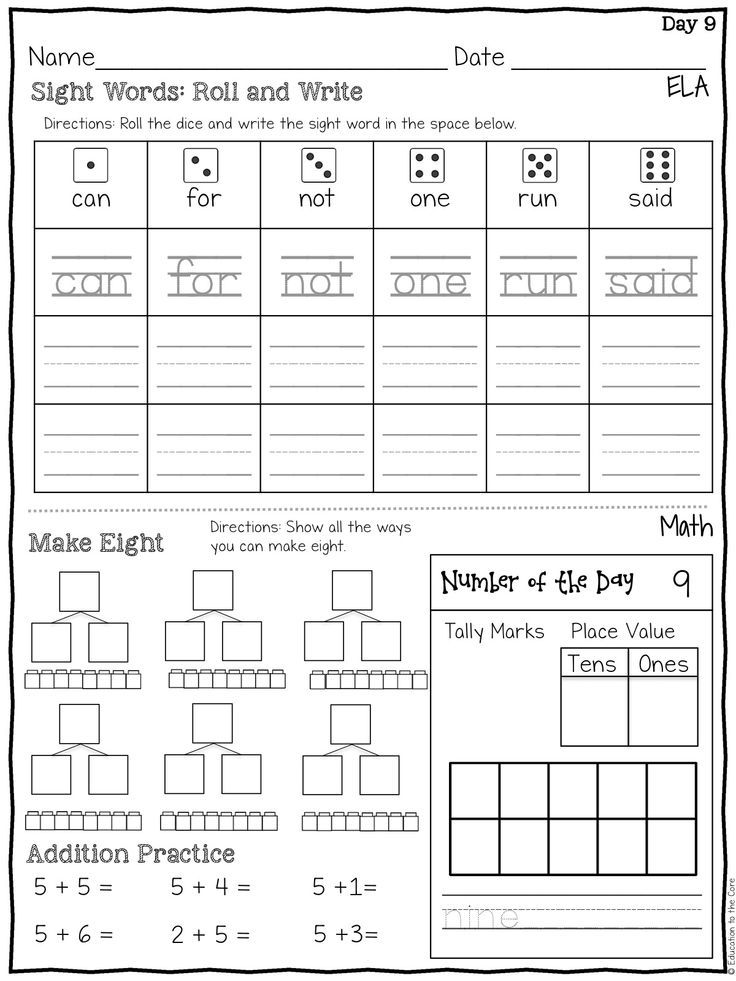
How can I test my child's reading skills on my own?
Have your child see how well they read already. Children usually love to know how many centimeters they have grown, and they may also be interested in knowing their progress in reading. Warn about the upcoming test and ask the child to read quickly.
The control of reading technique in sensitive children who, due to their temperament, can hardly tolerate various tests, can be carried out imperceptibly or in the form of a game. Do not create unnecessary excitement around the upcoming test, do not arrange a test in the form of an exam. If the child is worried, stutters, transfer control to another time.
Verification process:
- Prepare a clock with a second hand or use the stopwatch on your phone, and choose the appropriate text.
- Ask the child to take a seat.
- Show him the text and ask him to read it aloud.
- Track the time from the moment your child starts reading.
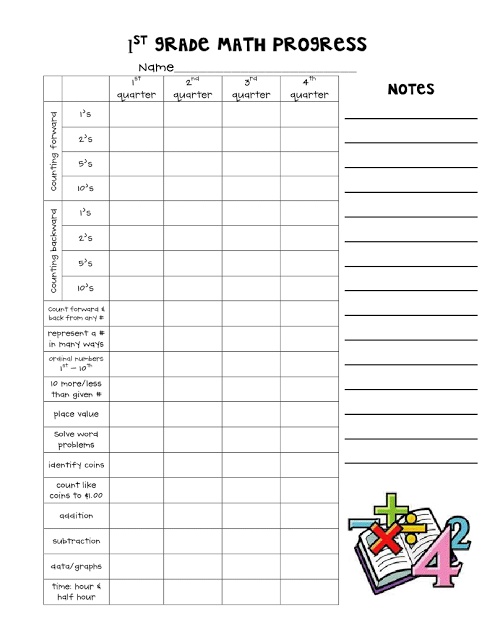 Not all children are able to immediately start reading on command, which leads to inaccurate results.
Not all children are able to immediately start reading on command, which leads to inaccurate results. - Usually, one minute is noted for checking, but some experts recommend taking 2 minutes for monitoring, since not all children are equally quickly included in the work. Divide the result obtained in 2 minutes in half.
- Do not correct or interrupt while reading. It is better to discuss the mistakes made after the child has finished reading.
- Assess the speed, correctness, awareness and expressiveness of reading.
- Retest and compare results. Reading technique may differ depending on the child's fatigue, health status and mood.
Which text is suitable for verification?
Both fiction and non-fiction texts appropriate for the child's age are suitable for this purpose. The text should be unfamiliar, but understandable to the child, have educational and educational value. The texts of V. Bianchi, L. Tolstoy, N. Nosov, B. Zhitkov, K.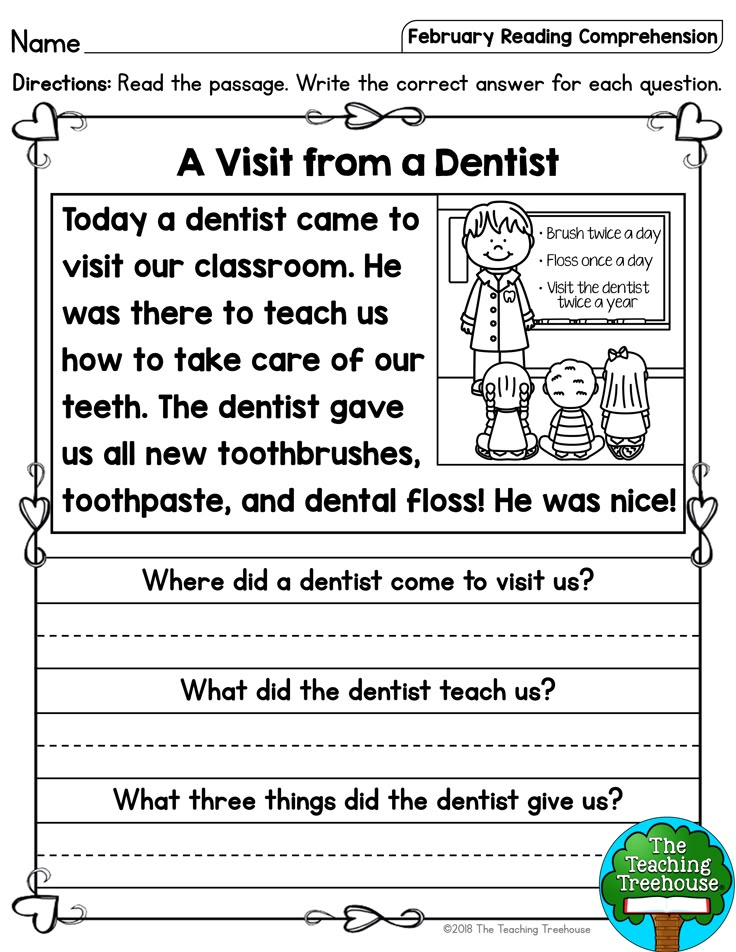 Ushinsky, V. Dragunsky are suitable. The text for verification can be found in special manuals or in a textbook on the Russian language and literature.
Ushinsky, V. Dragunsky are suitable. The text for verification can be found in special manuals or in a textbook on the Russian language and literature.
You should find the text that is located on the spread of the book so that the child does not have to waste time turning pages. Choose text without an abundance of punctuation marks and distracting illustrations. It is not desirable that the passage contains common complex sentences and dialogues. The font must be large enough and legible. The text should not have a technical focus and contain terms incomprehensible to the child.
Test score
Speed score
Count how many words the child read in one minute. When counting words, pay attention:
- prepositions, conjunctions, particles of 1-2 letters are counted as one word;
- when wrapping, the word is counted as 2 words;
- if the word is written with a hyphen, look at how many letters are on both sides of the hyphen: if there are more than three, we count it as 2 words, for example, "long, long", if less than three, for example, "somehow", - as one .
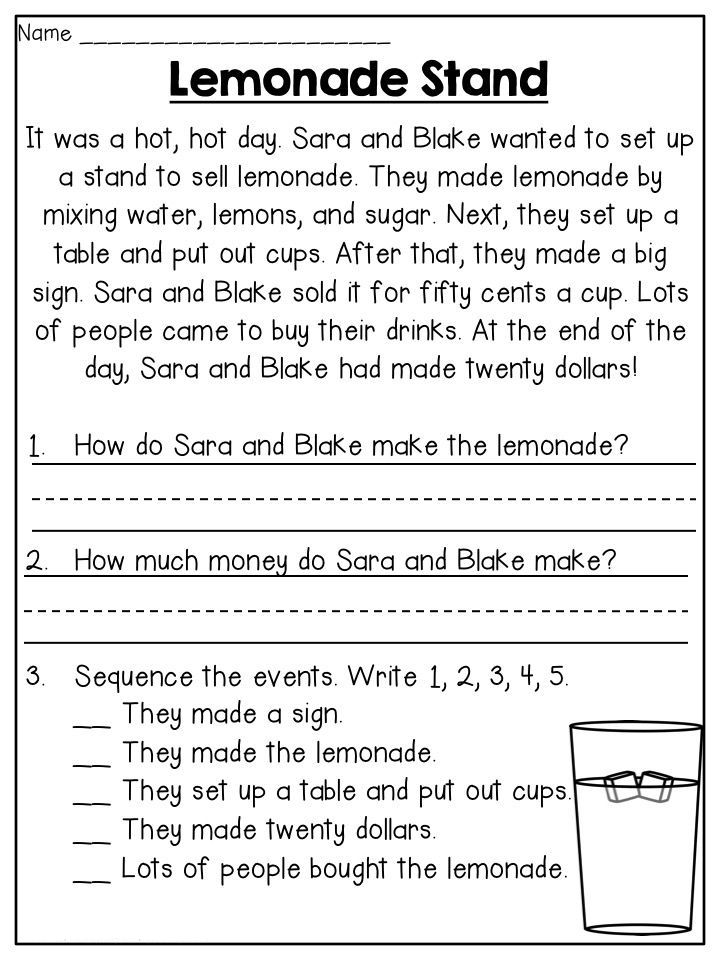
Compare your score with the recommended range and your child's previous performance.
Comprehension score
Determine how well the child understood what they read. If the student reads slowly and has read only a couple of sentences, let him read the passage to the end. Ask your child a few questions about the text. Ask what or who he read about. Ask the child to identify the main idea of what they read and retell the text.
For a deeper check of the meaning of the reading and learning, use special teaching kits.
Correctness assessment
Pay attention to whether the child reads what is written correctly, whether he pronounces words clearly, whether there are hesitations and corrections, whether he alters words, whether he changes endings, whether he places stresses correctly. Discuss the mistakes with the student.
Evaluation of expressiveness
To assess the expressiveness of reading, the child is offered a familiar text. Listen to whether the child observes pauses and other punctuation marks, whether he changes intonation, whether he highlights the main idea.
Listen to whether the child observes pauses and other punctuation marks, whether he changes intonation, whether he highlights the main idea.
Improving reading technique
Poor results in reading technique are not a reason to be upset, but only a signal that additional efforts need to be made to improve the skill. You can work with the child on your own or contact a specialist who will analyze the weak points and select the appropriate exercises. Conduct additional activities with the child in the mode of "sparing reading" without pressure. It is more important to observe the regularity and frequency of classes: 10-20 minutes daily.
How can you motivate your child to read:
- Reward your efforts with stickers, stars.
- Mark progress visually - create a success board so your child can visually see their progress
- Conduct activities in the form of a game, such as "going to the library" or "reading to your favorite toys.
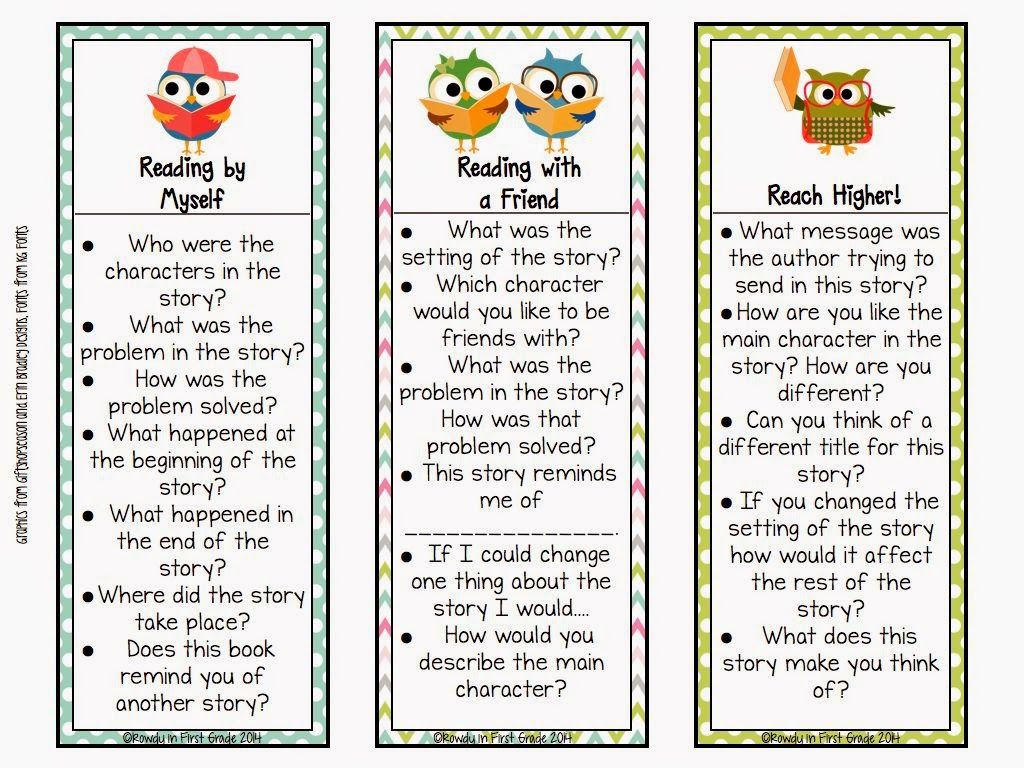 "
" - Choose books and texts that are interesting for your child.
- Let the child read to pets, they are grateful and accepting listeners. Reading to them, the child is not afraid to make a mistake, he relaxes and overcomes the fear of failure.
- Have a reading competition between peers and siblings.
To improve the speed of reading will help:
- Reading by syllabic tables.
- Multiple reading. Read the same text several times, increasing the pace. From the second time the child will be able to read faster.
- "Tug". An adult leads a finger along the line, setting the pace. The child tries to read at a given pace.
- Tops and roots. The child reads the words, covering the upper or lower half of the letters with a ruler.
- Reading in a book turned upside down.
- Lightning. Alternating reading at a comfortable pace with reading at the highest possible speed for 20 seconds on the command "Lightning!".
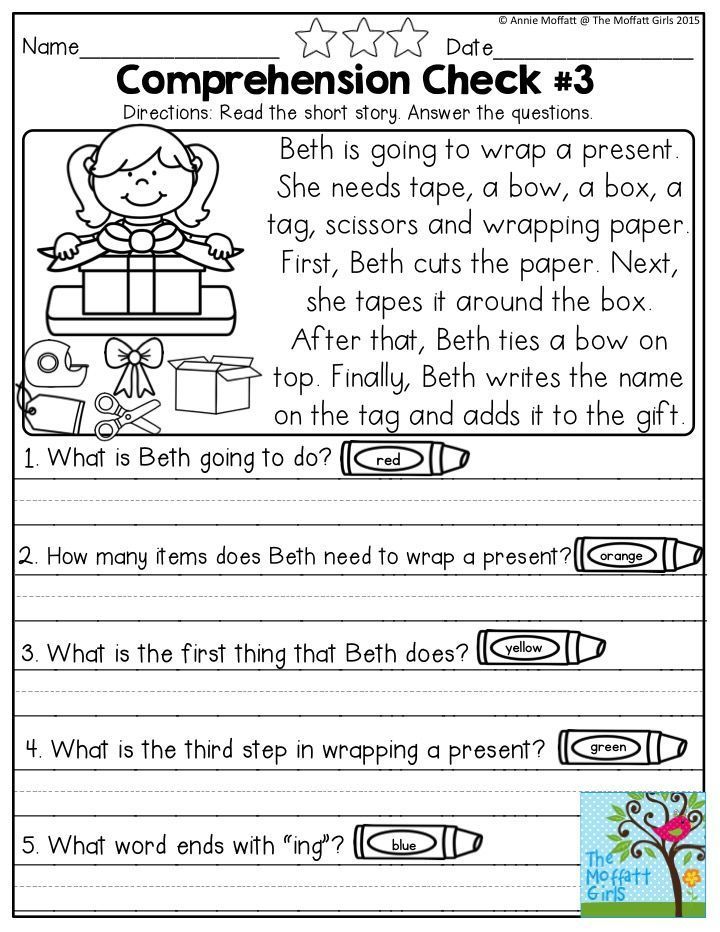
- "Sprint". Reading speed competition between classmates.
- Work on expanding the field of view according to Schulte tables.
- Reading with a window to eliminate "regression" - recurrent eye movements that lead to repeated reading.
For correct reading:
- Work on clear diction, do articulation exercises.
- Read tongue twisters and tongue twisters.
- Invite the child to correct the deformed sentences: "The weather is good on the street."
- "Imaginary word". When reading, the wrong word is pronounced, the child must correct it.
Reading comprehension
- Wave Reading. First, the child reads aloud, then retells what he read.
- Drawing up a plan for reading.
- The student reads to himself at a comfortable pace, tells what he understood and felt, what he thought about
- Discuss unfamiliar words and expressions.
- Invite the child to draw a picture of the passage they read.
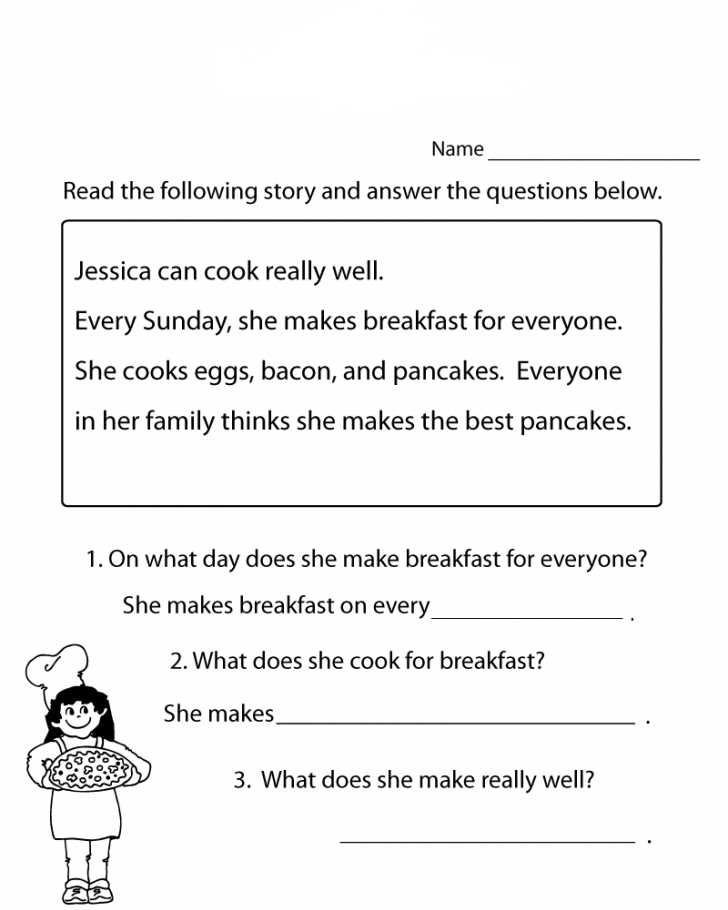
- Ask them to tell you what they liked about the text, what they remember.
For expressive reading
- Role-playing, staging.
- Put on a "radio show".
- Expressive recitation of poems.
- Voice flexibility training. The ability to speak quieter-louder, higher-lower.
- Conducting reading indicating the tone or strength of the voice.
- Live Picture. One reads, the other reacts with facial expressions.
Improving reading skills in elementary school is very important. It is fluent and meaningful reading that activates the processes of thinking, attention, memory and is the basis for a child's successful education in the future. This detailed instruction on reading technique control will help you track and improve your child's skill development. 93 times a year: at the beginning of the academic year, at the end of the first half of the year and at the end of the academic year. But sometimes the teacher prefers to check the reading technique at the end of each quarter.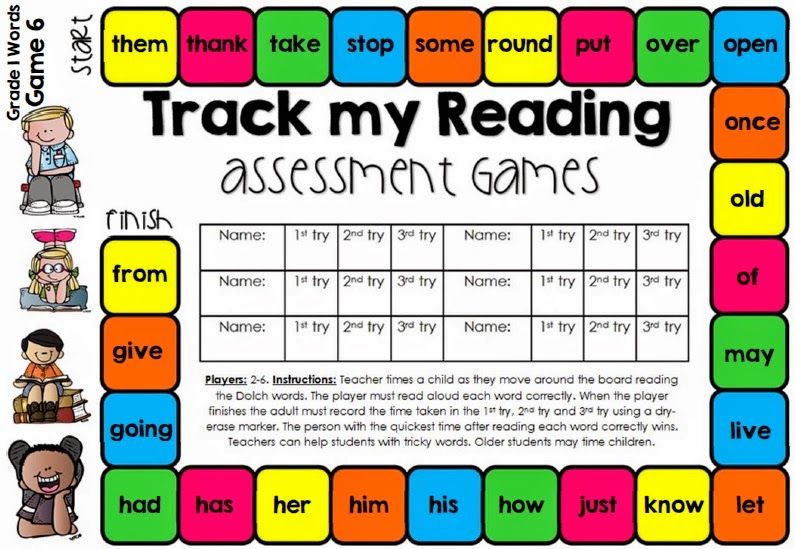
The reading technique test includes not only reading speed, but also reading accuracy, comprehension and expressiveness. I wrote about this in more detail in article "How to test a child's reading technique."
- Special texts are selected to test the reading technique.
- The text should be understandable to the child, but be unfamiliar to him.
- Sentences should be short, without any complicating constructions or signs.
- It is better if the text for checking reading is without illustrations and dialogues so that children are not distracted while reading.
- Text must be placed on one page.
- While reading the text, you can not interrupt the child, correct mistakes. After completing the reading, you need to return to those words that caused difficulty or were read incorrectly and ask the child to read them again. In the process of reading, a first grader can follow the text with his finger so as not to lose the line.

- To test reading comprehension, you need to ask a few questions about the text.
Reading technique norm in grade 1
1st half year
Reading should be smooth syllabic, conscious and correct, with clear pronunciation of syllables and words.
Reading speed - 25-30 words per minute.
2nd half year
The child reads whole words correctly, consciously. Words with a complex syllabic structure are read syllable by syllable.
Reading speed - 30-40 words per minute.
These texts can be used not only to test the child's reading technique, but also for retelling. How to teach a child to retell can be found in the article “Teaching a child to retell”.
Texts to test reading technique in Grade 1
Sparrow and swallows
Swallow made a nest. The sparrow saw the nest and occupied it. The swallow called her friends for help.
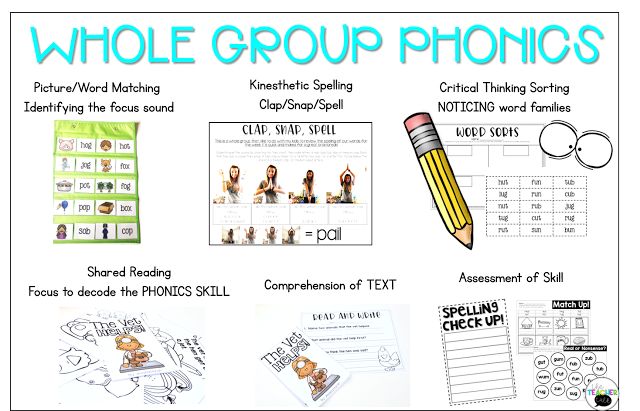 Together, the swallows drove the sparrow out of the nest. (22 words)
Together, the swallows drove the sparrow out of the nest. (22 words) Questions:
- What did the sparrow do?
- Who did the swallow call for help?
Ant
Ant found a big grain. He couldn't carry it alone. The ant called for help from his comrades. Together, the ants easily dragged the grain into the anthill. (22 words)
Questions:
- What did the ant find?
- Why did the ant call his friends for help?
Summer
A warm summer has come. Currants ripened in the garden. Masha and Tanya collect it in a bucket. Mom will make jam from it. In winter, in the cold, children will drink tea with jam. (29 words)
Questions:
- What berry is ripe in the garden?
- What will mother do?
The fox and cancer
The fox suggested that the crayfish run a race.
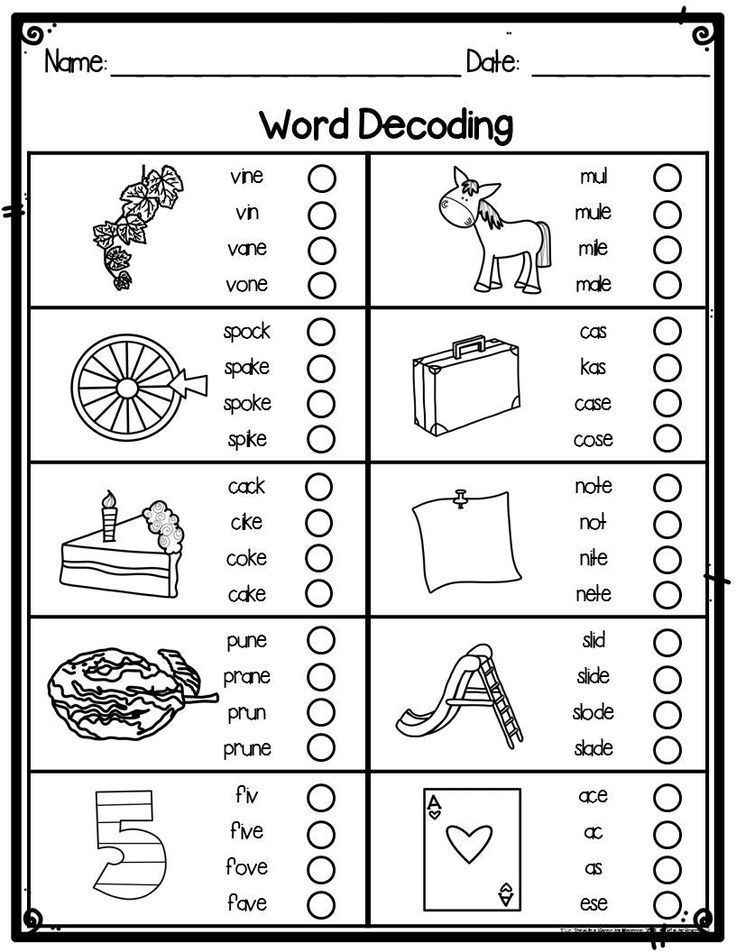 Cancer agreed. The fox ran, and the crayfish clung to the fox's tail. The fox ran to the place. The fox turned around, and the crayfish unhooked and said: "I've been waiting for you here for a long time." (32 words)
Cancer agreed. The fox ran, and the crayfish clung to the fox's tail. The fox ran to the place. The fox turned around, and the crayfish unhooked and said: "I've been waiting for you here for a long time." (32 words) Questions:
- What did the fox offer to cancer?
- How did cancer outsmart the fox?
Cranes
Cranes live near swamps, forest lakes, meadows, river banks. Nests are built right on the ground. The crane circles over the nest, guarding it. At the end of summer, cranes gather in flocks and fly to warm countries. (33 words)
Questions:
- Where do cranes build nests?
- When do cranes fly to warm countries?
Chicken
A little girl wrapped woolen threads around an egg. It turned out to be a ball. This ball she put on the stove in a basket. Three weeks have passed. Suddenly there was a squeak from the basket.
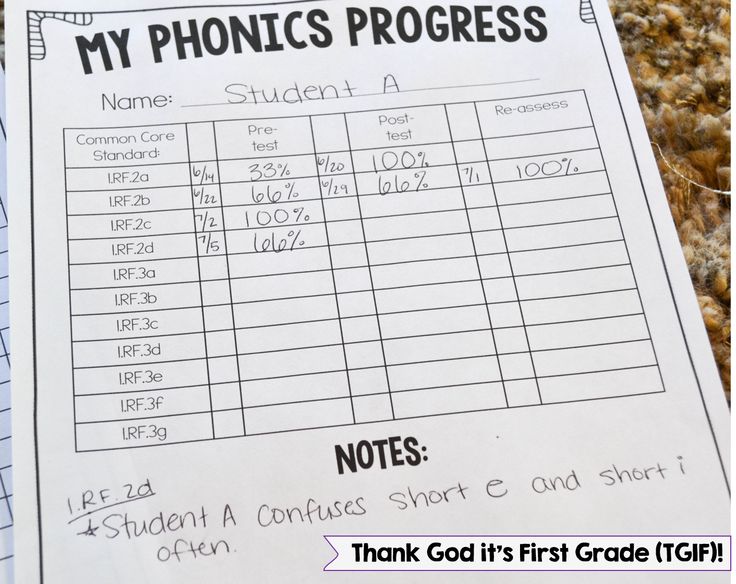 The ball squeaked. The girl unrolled the ball. There was a little chicken there. (34 words)
The ball squeaked. The girl unrolled the ball. There was a little chicken there. (34 words) Questions:
- How did the girl make the ball?
- What happened to the ball after three weeks?
Mushrooms
The guys went to the forest for mushrooms. Dima found a beautiful boletus under a birch. Tanya saw a small butter dish under a pine tree. Ilya saw a huge boletus in the grass. In the grove they collected full baskets of various mushrooms. The children returned home happy and happy. (38 words)
Questions:
- Who found the boletus?
- What mushroom grew under a pine tree?
- Where did the boletus hide?
Summer
Summer has come. In forest clearings, the grass is above the knees. Grasshoppers chirp. Strawberries turn red on the tubercles. Raspberries, lingonberries, wild roses, blueberries bloom. The chicks fly out of the nests.
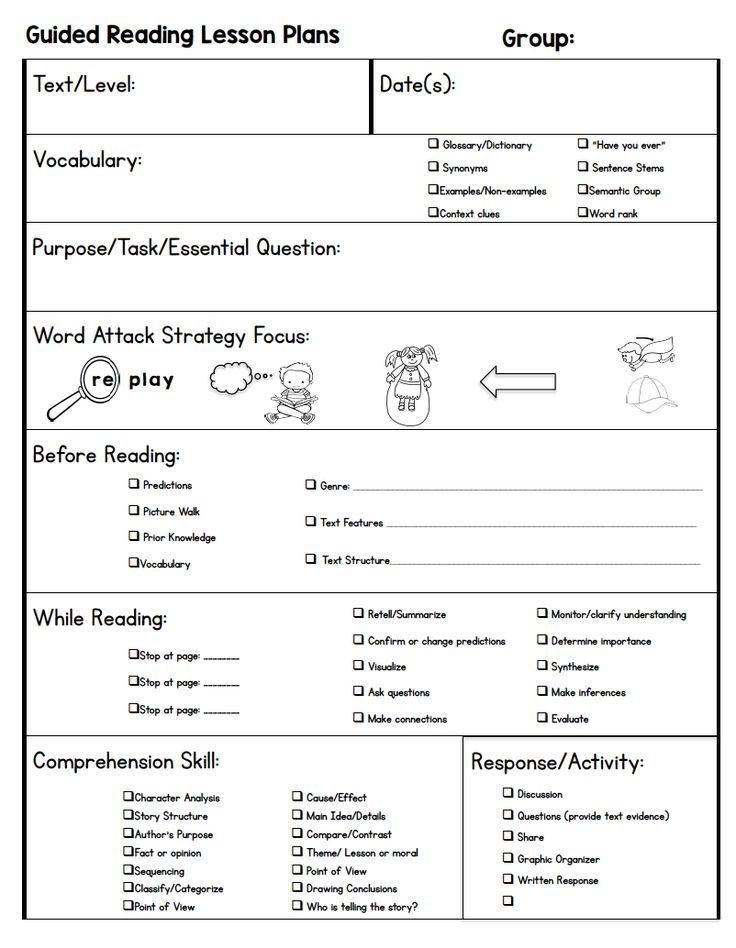 A little time will pass, and delicious wild berries will appear. Soon children will come here with baskets to pick berries. (39words)
A little time will pass, and delicious wild berries will appear. Soon children will come here with baskets to pick berries. (39words) Questions:
- What is the grass in the meadows?
- Which berries bloom?
Hedgehog
The guys were walking through the forest. We found a hedgehog under a bush. He curled up in fear. The guys rolled the hedgehog into a hat and brought it home. They gave him milk. The hedgehog turned around and began to eat milk. And then the hedgehog ran back to his forest. (39 words) (according to E. Charushin)
Questions:
- Who did the guys find?
- What did the hedgehog do with fear?
- What did the guys give the hedgehog?
Bathing the cubs
A big bear and two merry cubs came out of the forest. The bear grabbed one cub with her teeth by the collar and let's dip into the river. The other cub got scared and ran into the forest.
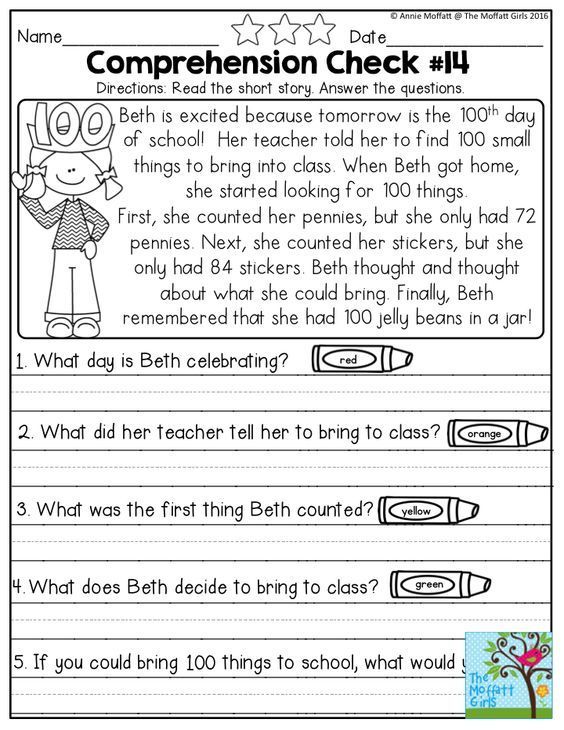 His mother caught up with him, slapped him, and then into the water. The cubs were happy. (40 words) (according to V. Bianchi)
His mother caught up with him, slapped him, and then into the water. The cubs were happy. (40 words) (according to V. Bianchi) Questions:
- Who came out of the forest?
- What did the second bear do?
- Were the cubs satisfied with the bath?
Lynx
In a dark forest, near a forest path, a beast lay down. This is a lynx - a cat the size of a large dog. Her tail is short, her ears are tufted, her skin is spotted. The lynx lies on a thick bough and waits. She will rush from the tree to her prey. (40 words)
Questions:
- What is the tail of a lynx?
- Where did the lynx hide?
Spring
The sun warmed the earth. Ran the streams. The rooks have arrived. Birds hatch chicks. A hare jumps merrily through the forest. The fox went hunting and smells the prey. The she-wolf led the cubs into the clearing.
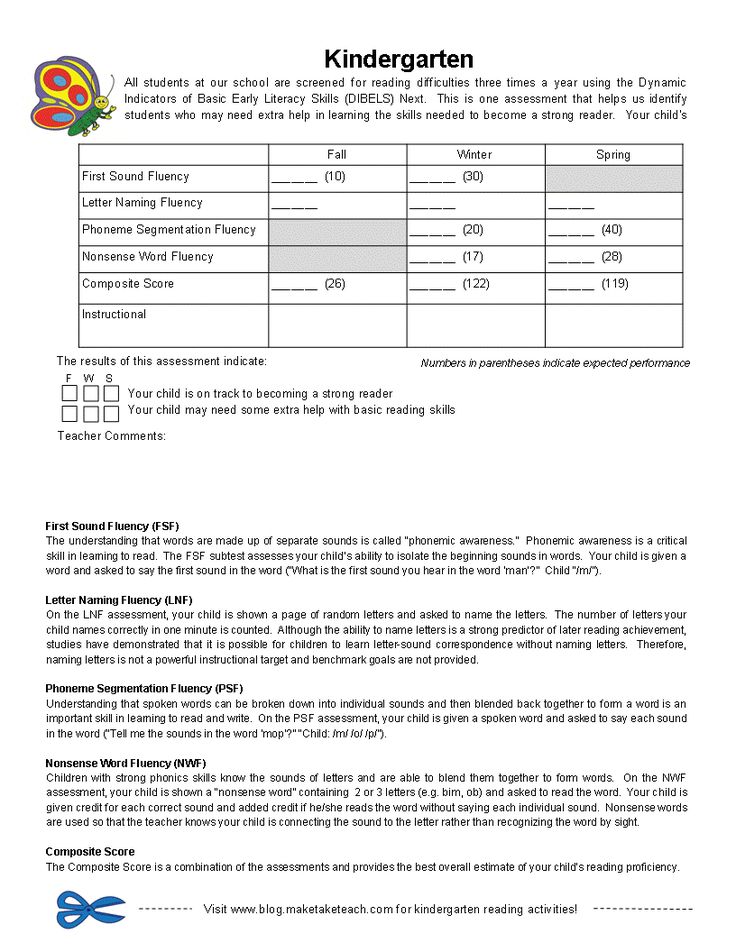 The bear growls at the lair. Butterflies and bees fly over the flowers. Everyone is excited about spring. (41 words)
The bear growls at the lair. Butterflies and bees fly over the flowers. Everyone is excited about spring. (41 words) Questions:
- What is the hare doing?
- Where did the she-wolf lead the cubs?
- Where do butterflies and bees fly?
Woodpecker
What does the woodpecker do in the forest? He lives and works in the forest. A bird with a red cap on its head sits on a tall pine and knocks on the trunk with a strong beak. Why is he doing this? Woodpecker saves trees from harmful insects. Therefore, he is often called the forest doctor. (43 words)
Questions:
- What does a woodpecker have on his head?
- Why is a woodpecker called a forest doctor?
Meeting
Misha is walking along the alley of the old park. Suddenly, a small red animal runs out onto the path right at his feet.
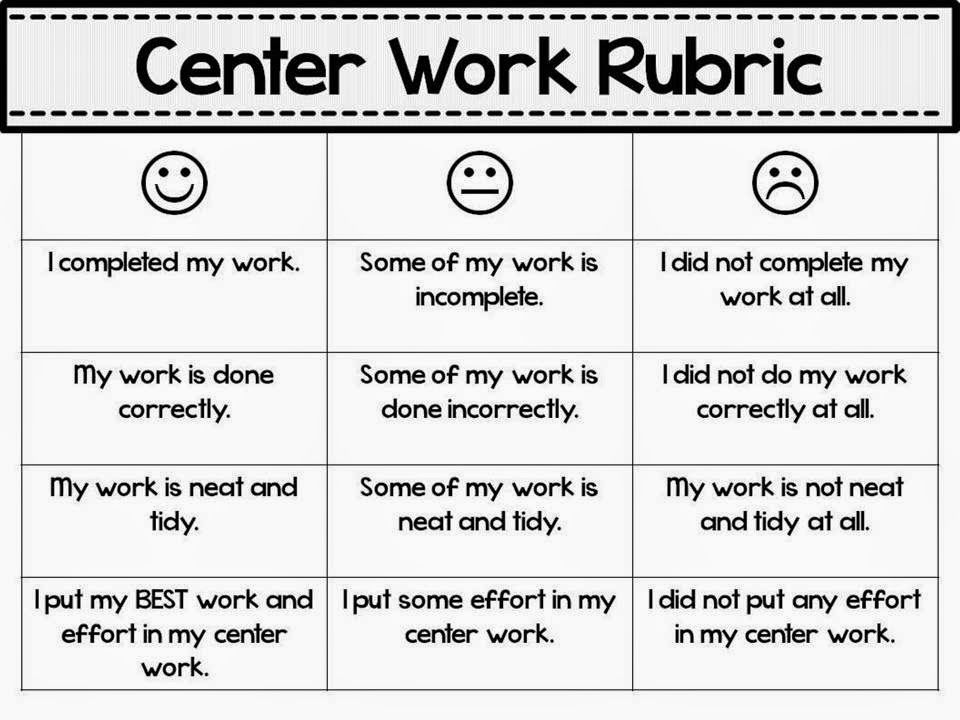 Squirrel! The squirrel has a fluffy tail. She looks with intelligent eyes. The squirrel is waiting for a treat. Misha hands her a nut. The animal is happy. And now her fluffy tail flashed on the tree. (44 words)
Squirrel! The squirrel has a fluffy tail. She looks with intelligent eyes. The squirrel is waiting for a treat. Misha hands her a nut. The animal is happy. And now her fluffy tail flashed on the tree. (44 words) Questions:
- Who was walking in the park?
- Who did Misha meet?
- What did the boy treat the squirrel to?
Brave men
The boys went to school. Suddenly a dog jumped out. She barked at the guys. The boys started to run. Only Borya remained standing still. The dog stopped barking and approached Borya. Borya stroked her. Then Borya calmly went to school, and the dog quietly followed him. (44 words)
Questions:
- Where were the guys going?
- What happened on the way?
- How did the boys behave?
- What did Borya do?
Sly fish
For a long time I sat with a fishing rod on the shore.
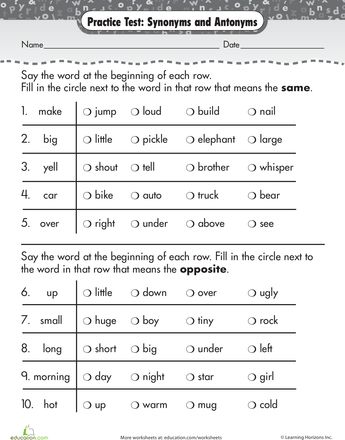 Minnows do not peck at me. And grandfather is sitting under a bush and has already caught a bucket. I sat down in the shade. Immediately the minnows began to peck. It turns out that in a clean place the shadow of the fishing rod is visible. So the cunning fish did not go to the hook. (48 words) (According to E. Shim)
Minnows do not peck at me. And grandfather is sitting under a bush and has already caught a bucket. I sat down in the shade. Immediately the minnows began to peck. It turns out that in a clean place the shadow of the fishing rod is visible. So the cunning fish did not go to the hook. (48 words) (According to E. Shim) Questions :
- Where did grandfather fish?
- Why was he fishing?
- Why didn't the boy bite the fish at first?
Cockerel
A cockerel walks around the yard: a red comb on its head, a red beard under its nose. Petya's tail is a wheel, there are patterns on the tail, spurs on the legs. Petya found a grain. He calls a hen with chickens. They did not share the grain - they fought. Petya the cockerel reconciled them: he ate the grain himself, waved his wings, shouted at the top of his voice: “Ku-ka-re-ku!” (49words)
Questions:
- Where does the cockerel go?
- What did the cockerel find?
- Who did he call?
- Why did the chickens fight?
Bats
Bats are very useful animals.
 They eat harmful insects. During the day, bats wrap their wide wings like cloaks and hang upside down in dark places. The night is coming. They fly out to hunt. Many harmful insects fly at night. Almost all birds sleep at this time. Therefore, the "work" of bats is especially important. (51 words) (According to Yu. Dmitriev)
They eat harmful insects. During the day, bats wrap their wide wings like cloaks and hang upside down in dark places. The night is coming. They fly out to hunt. Many harmful insects fly at night. Almost all birds sleep at this time. Therefore, the "work" of bats is especially important. (51 words) (According to Yu. Dmitriev) Questions:
- What are the benefits of bats?
- How do bats sleep?
- When do bats hunt?
Ducks
Vasya is sitting on the bank. He watches how the ducks swim in the pond: they hide their wide spouts in the water. Vasya does not know how to drive the ducks home. Vasya began to call the ducks: “Ooty-ooty-ducks! The noses are wide, the paws are webbed! Stop dragging worms, pinching grass - it's time for you to go home. Ducks Vasya obeyed, went ashore, go home. (52 words) (according to K. Ushinsky)
Questions:
- What did Vasya do on the beach?
- What kind of nose do ducks have?
- What did Vasya call the ducks?
- What did the ducks do?
Winter
Frost bound the earth.
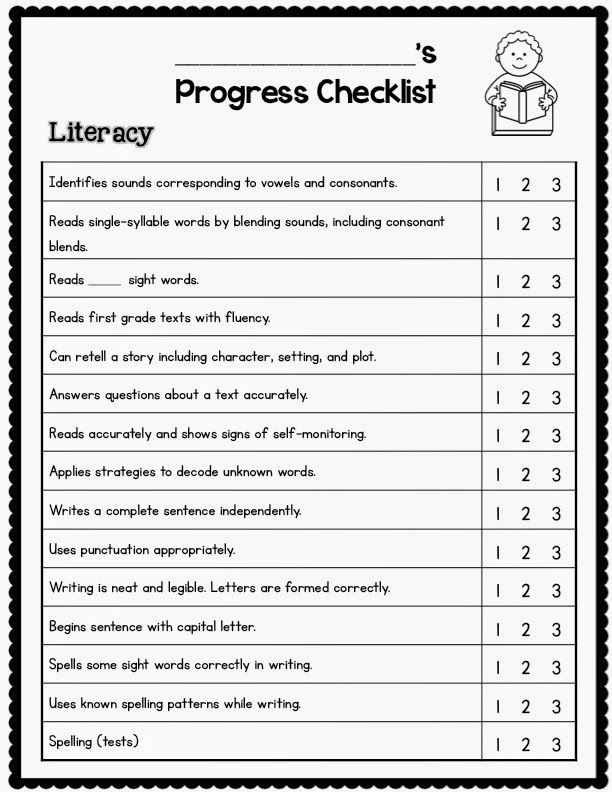 Rivers and lakes are frozen. Everywhere lies white fluffy snow. Children are happy with winter. It's nice to ski on fresh snow. Matvey and Lera are playing snowballs. Andrei and Sasha are making a snowman. Only animals have a hard time in the winter cold. Birds fly closer to housing. Guys, help our little friends in winter. Make bird feeders! (55 words)
Rivers and lakes are frozen. Everywhere lies white fluffy snow. Children are happy with winter. It's nice to ski on fresh snow. Matvey and Lera are playing snowballs. Andrei and Sasha are making a snowman. Only animals have a hard time in the winter cold. Birds fly closer to housing. Guys, help our little friends in winter. Make bird feeders! (55 words) Questions:
- Who is happy about winter?
- Who has it hard in winter?
- How can you help the birds?
Four butterflies
It was spring. The sun shone brightly. Flowers grew in the meadow. Four butterflies were flying above them: a red butterfly, a white butterfly, a yellow butterfly, and a green butterfly. Suddenly, a large black bird flew in. She saw butterflies and wanted to eat them. The butterflies got scared and sat on the flowers. A white butterfly sat on a chamomile. Red butterfly - on poppy. Yellow - on a dandelion, and green hid behind a leaf of a tree.
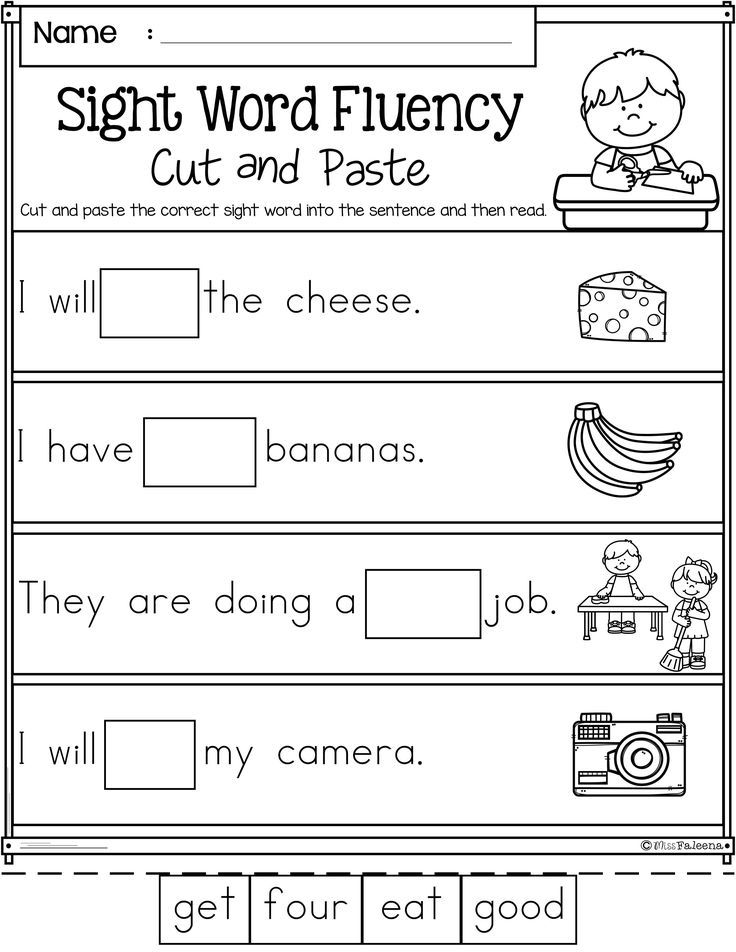 A bird flew, flew, but did not see butterflies. (56 words)
A bird flew, flew, but did not see butterflies. (56 words) Questions:
- What butterflies flew over the flowers?
- Why didn't the bird see butterflies?
If the child's reading technique is below the norm, then it is necessary to read a lot (which is very difficult with poor reading quality) and does not always bring results. It is better to use special techniques and exercises, because. The reasons for bad reading can be different.
Slow readers and children who are struggling to improve their reading speed can be helped by using syllabary reading or, much more effectively, by using an integrated approach that includes various professional techniques.
To do this, I suggest you use the books:
THE BIG BOOK OF SYLLING TABLES is
- a ready-made tool for training reading and speed reading skills;
- 200 syllabic tables of different levels of complexity;
- professional spreadsheet technique.
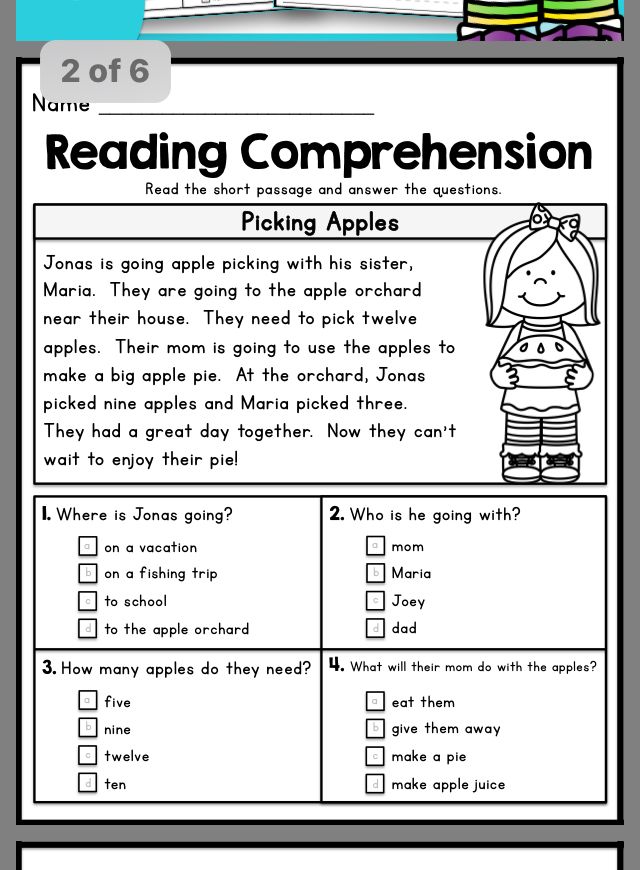
The most effective methods will allow each table to be used repeatedly several times, increasing the child's interest in reading.
Working with these syllabic tables the child will receive:
- improvement in reading skills;
- reading speed increase;
- improved diction;
- reading comprehension;
- development of thinking and attention;
- expansion of vocabulary;
- increased self-confidence.
The child will stop stumbling over difficult words while reading. The reading process will become natural and painless.
You can easily print the pages you need. All pages of the book can be used separately.
THE BIG BOOK OF SAYLING CHARTS is suitable for those who are just taking their first steps in reading, and for those who want to significantly improve the quality of reading.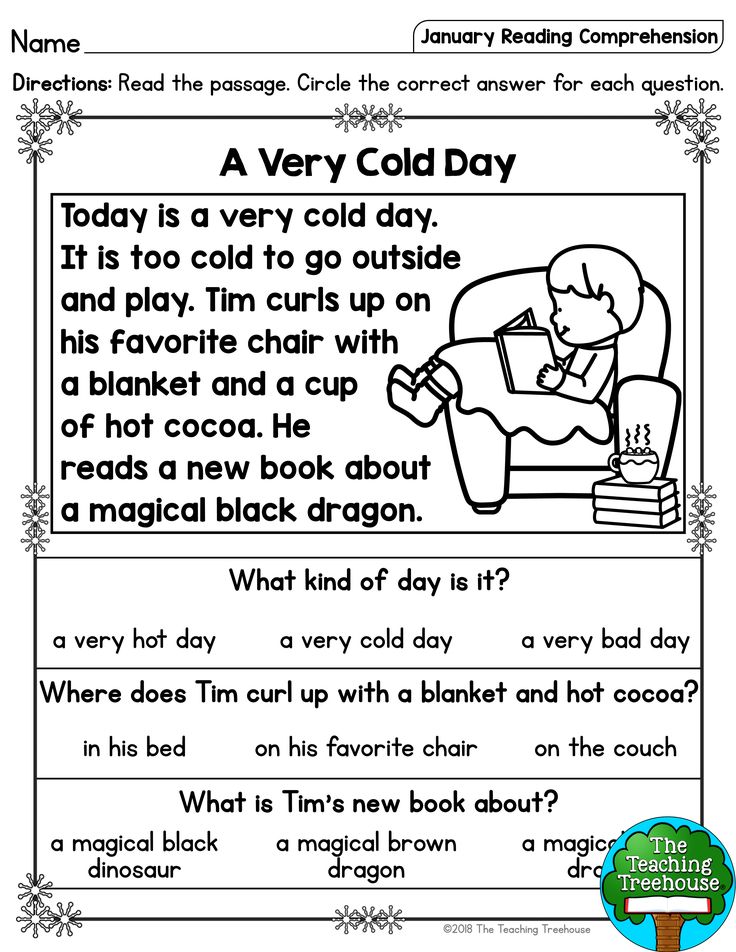
Syllabaries help children develop their speed reading skills. But it often happens that a child gets stuck at a reading speed of 10-20 words per minute. It is important to track this moment in time and start immediately performing the necessary exercises.
I have created a training that will help you overcome this barrier without much difficulty. It is convenient to use both at home and when working with the whole class. A variety of tasks will not let children get bored, and parents and teachers will not have to select the necessary material for a long time and torment children with an exhausting, incredibly difficult process at this stage - reading.
Download TRAINING "Speed Reading and Speech Development"
Together with the training, you will receive a small book as a gift - 20 syllabic tables for practicing reading skills (they do not repeat the tables of a large book).
Reading texts grade 1 print with tasks
O.
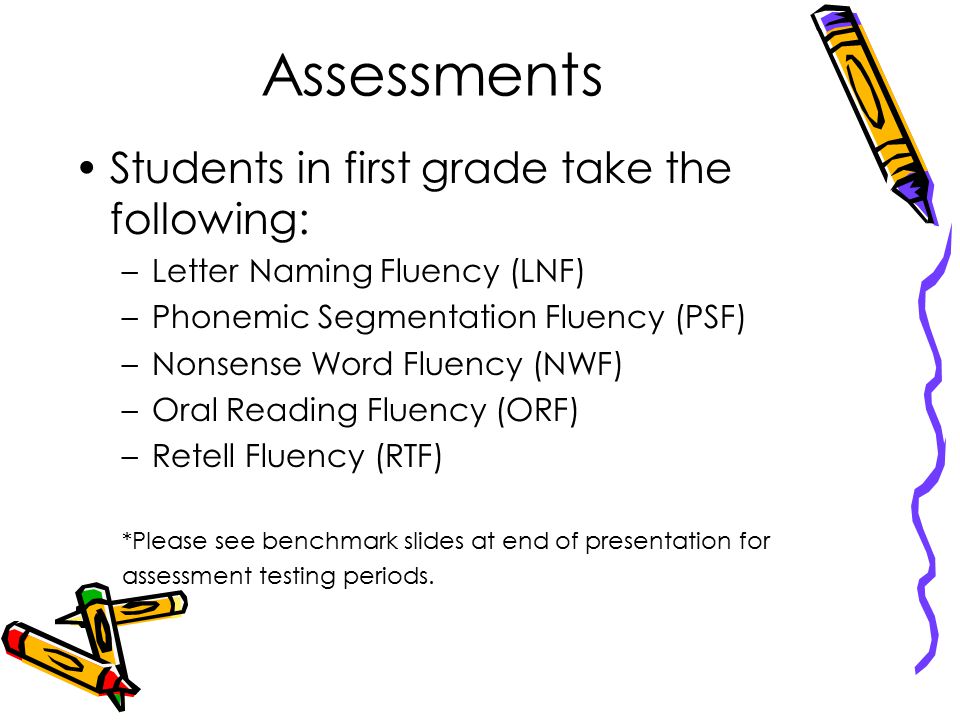 Naumova "Noisy texts for reading and retelling"
Naumova "Noisy texts for reading and retelling"
The skill of high-quality reading and writing depends on the state of visual perception and attention of the child.
The better the child recognizes visual images, the better he reads and writes more competently.
Working with noisy texts engages the child's brain to the maximum and increases the productivity of classes many times over. At the same time, there is a development of figurative thinking, attention, memory, the ability to understand what is read.
In the book you will find:
- Noisy texts with questions;
- Texts with questions for reading, retelling, checking reading technique;
- Method of working with noisy texts;
- High productivity options;
- Exercises for the development of speech and reading comprehension.
As a result, the child:
- read speed increases;
- attention and memory develop;
- conscious reading skills are developed;
- develop self-control skills;
- speech develops;
- the number of writing errors decreases;
- the process of writing summaries and essays is facilitated;
- improving academic performance.
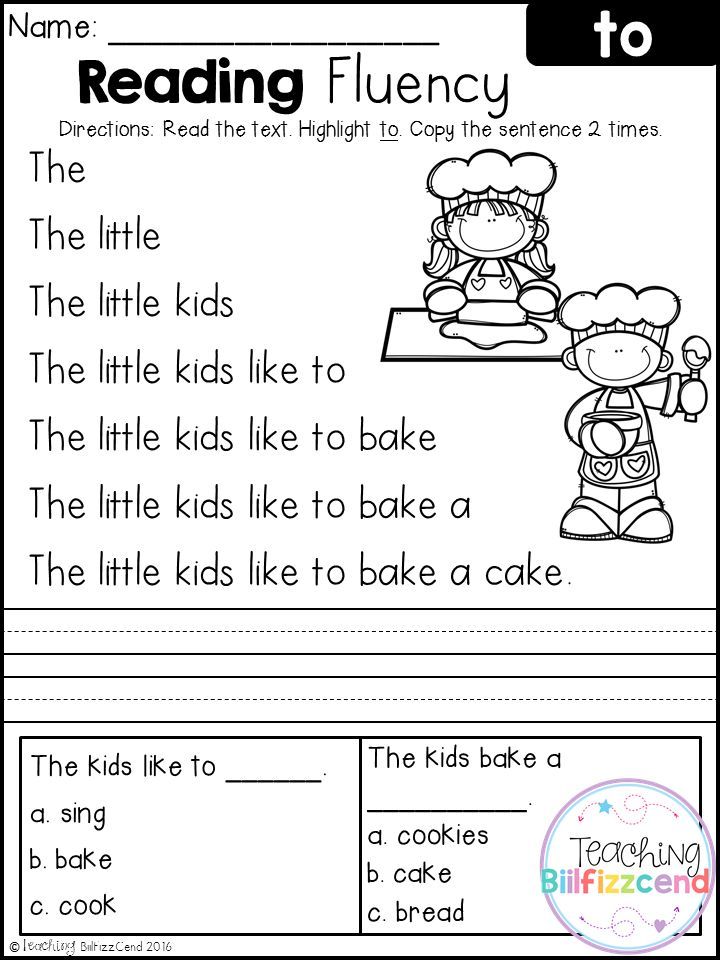
Learn more

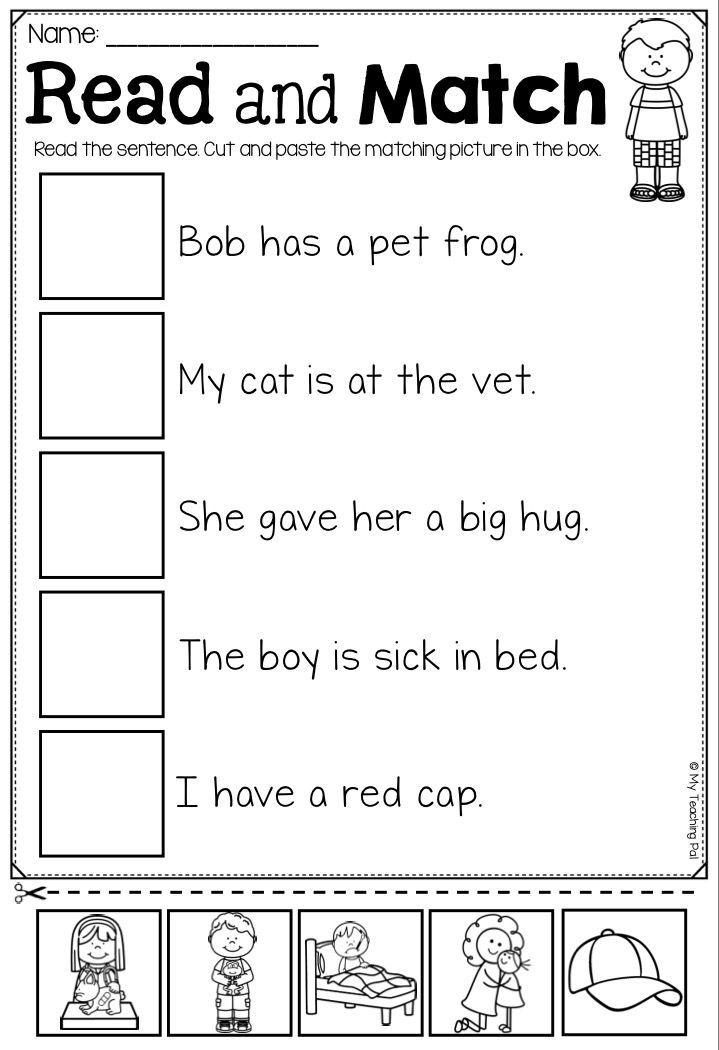
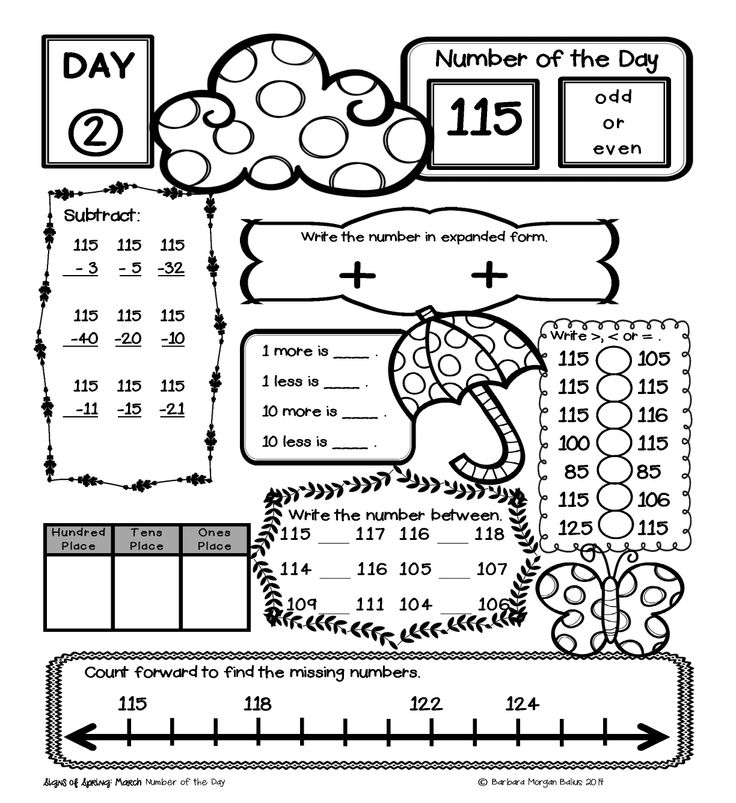
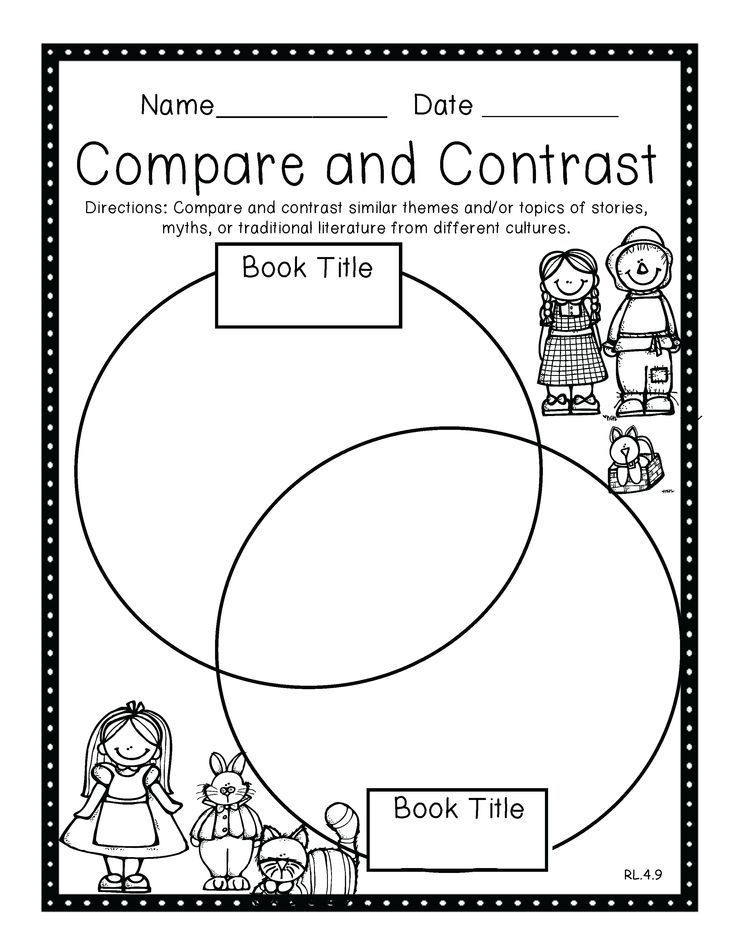

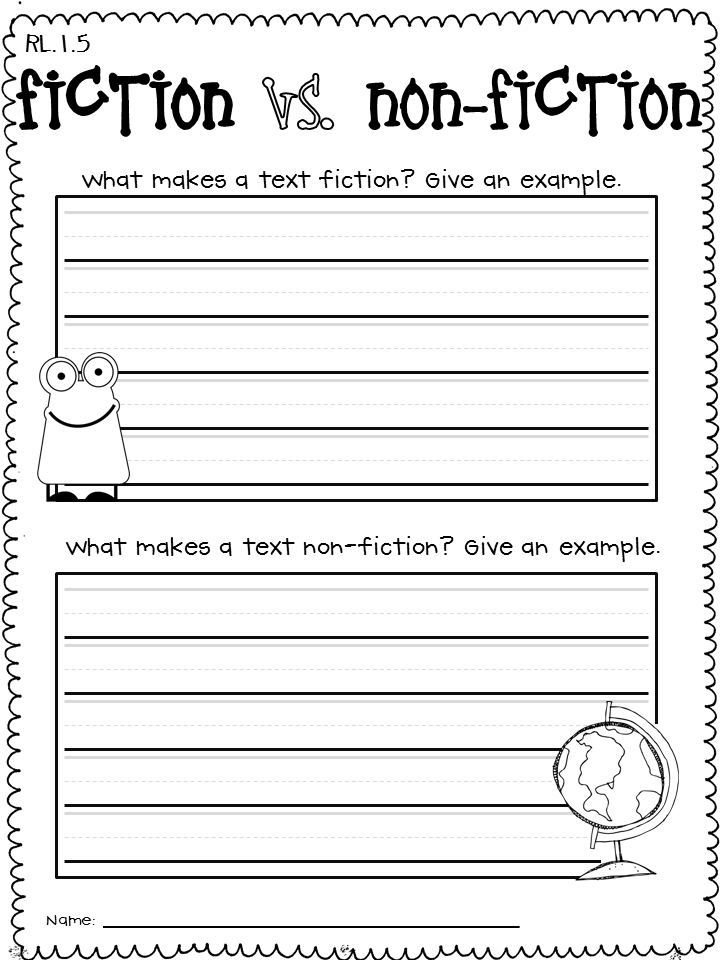 g., capitalize the first letter, end with ending punctuation).
g., capitalize the first letter, end with ending punctuation).